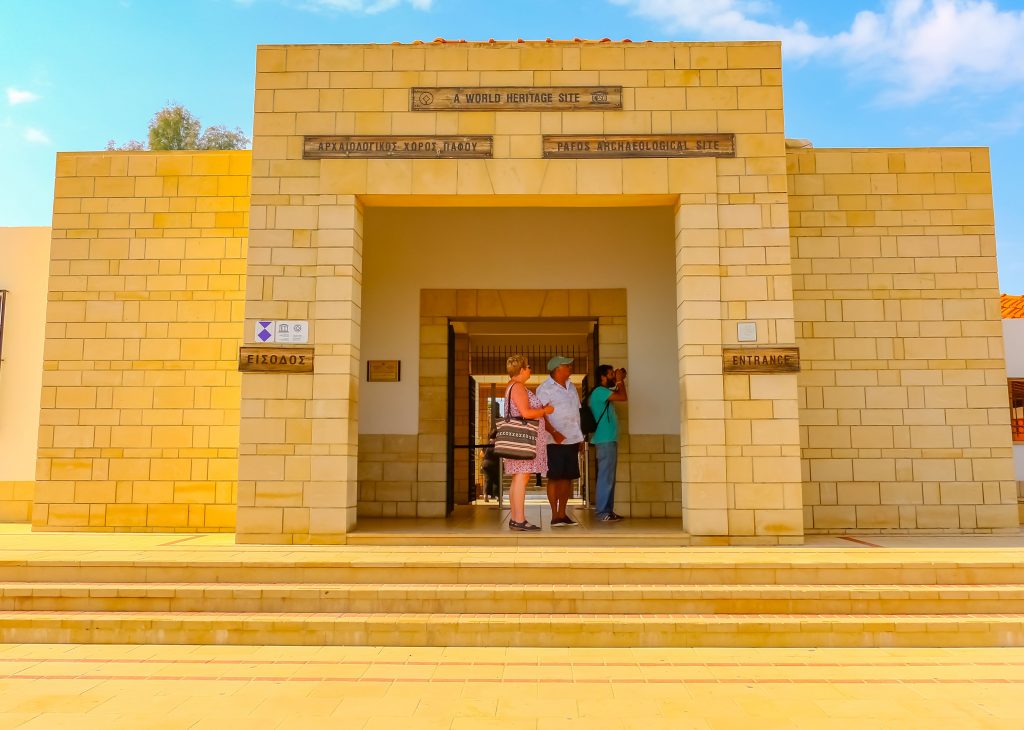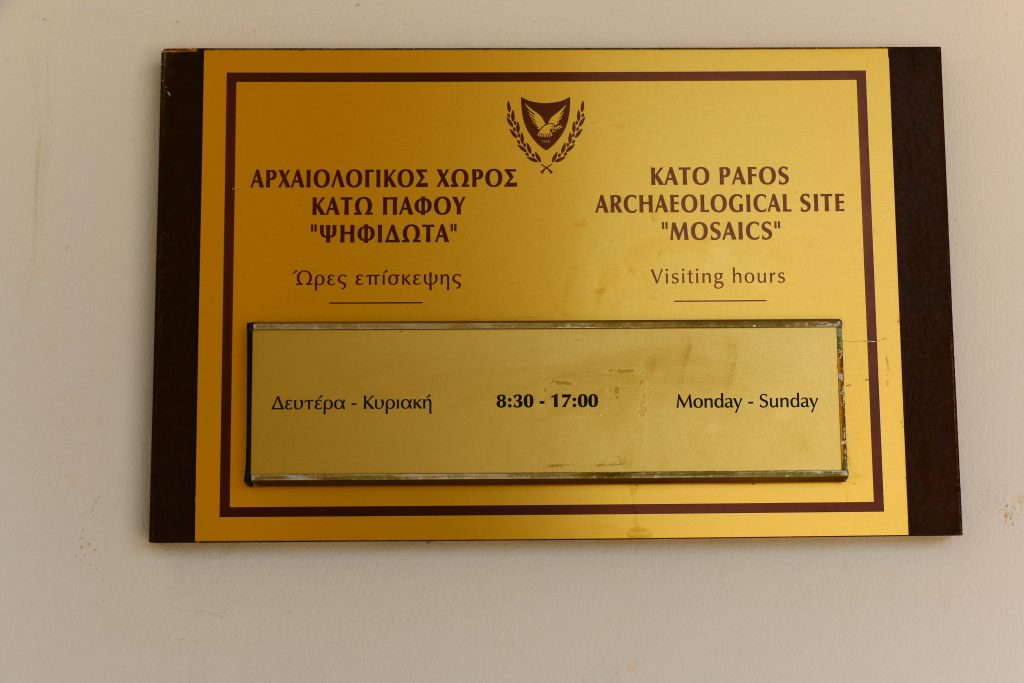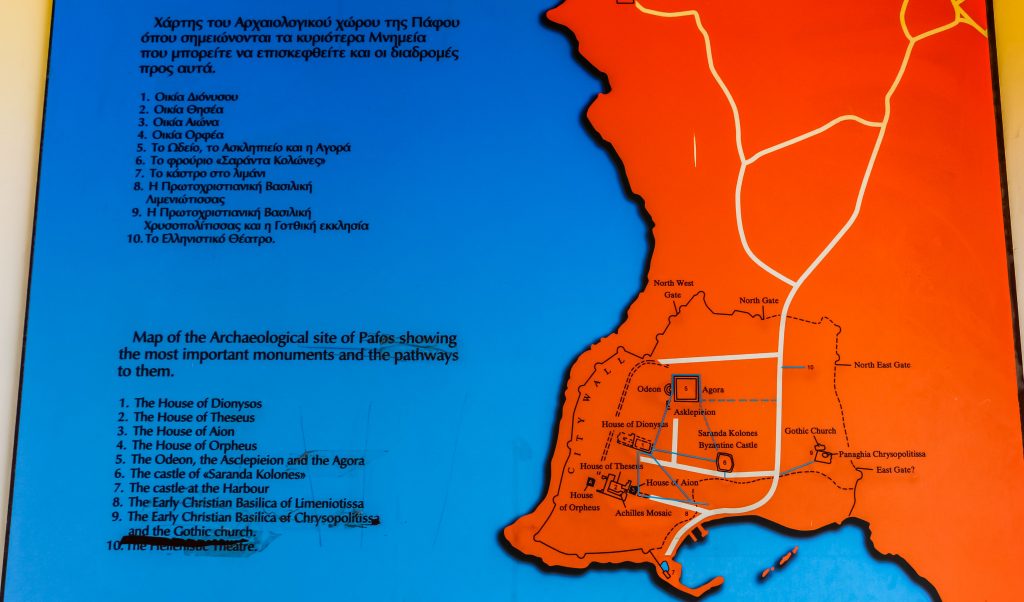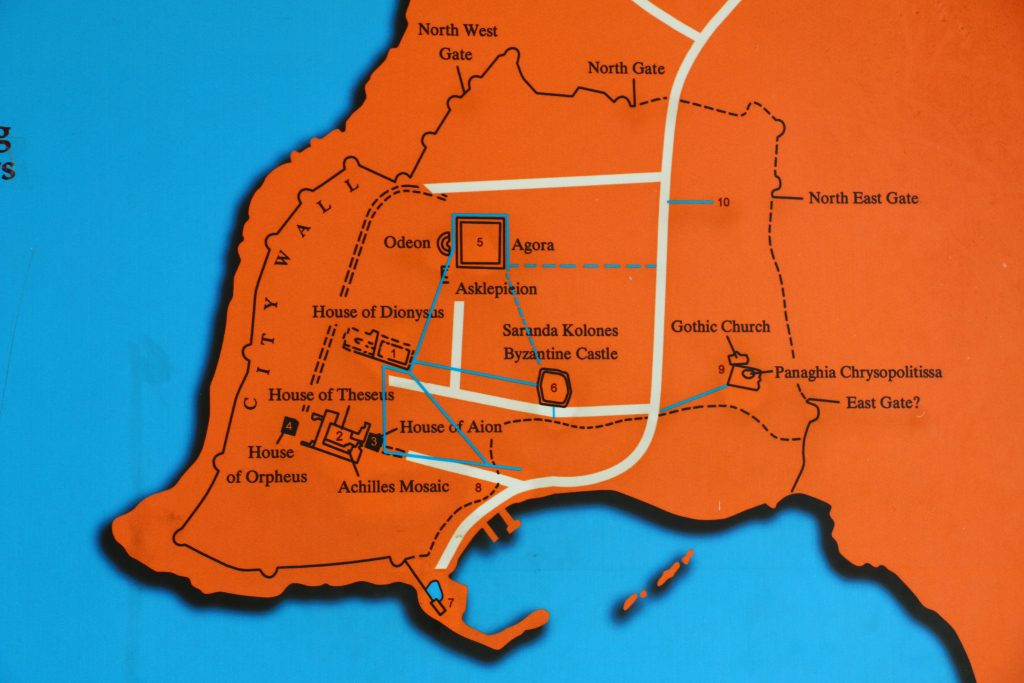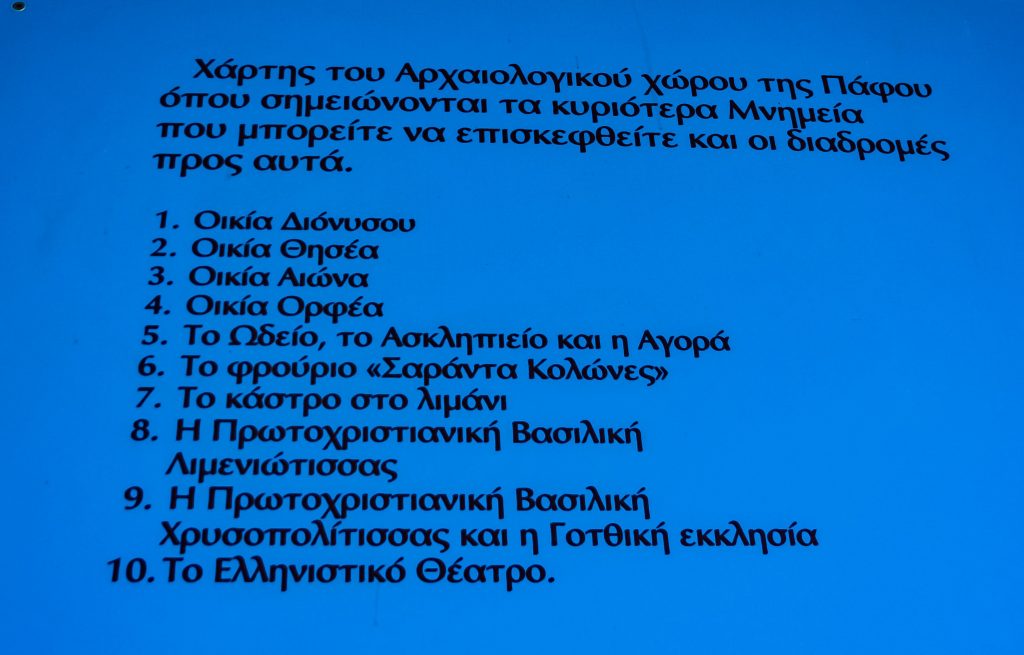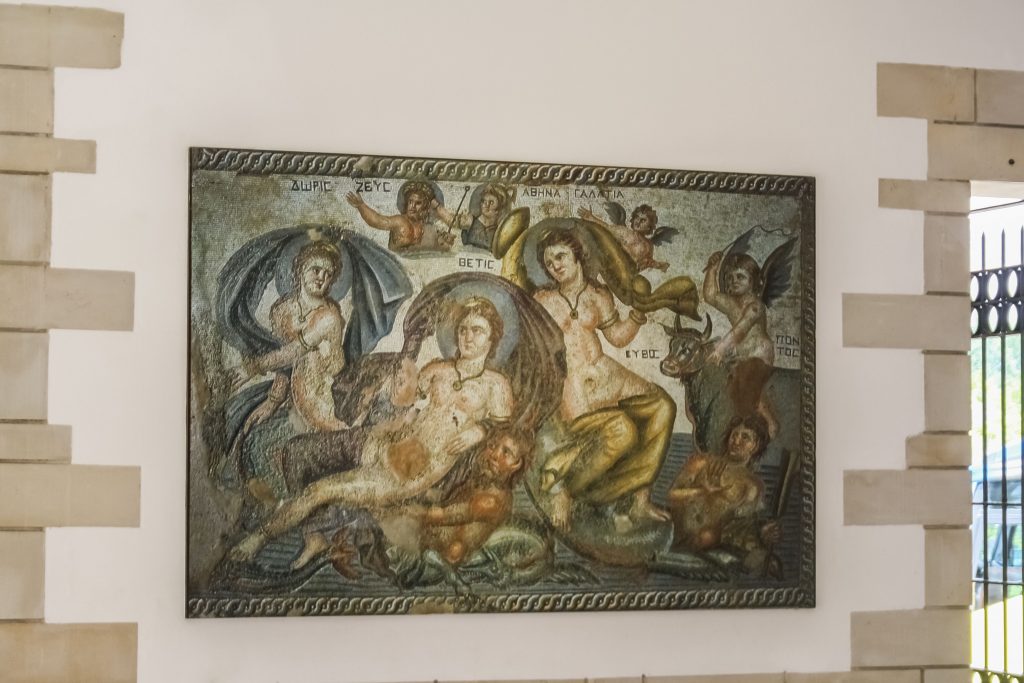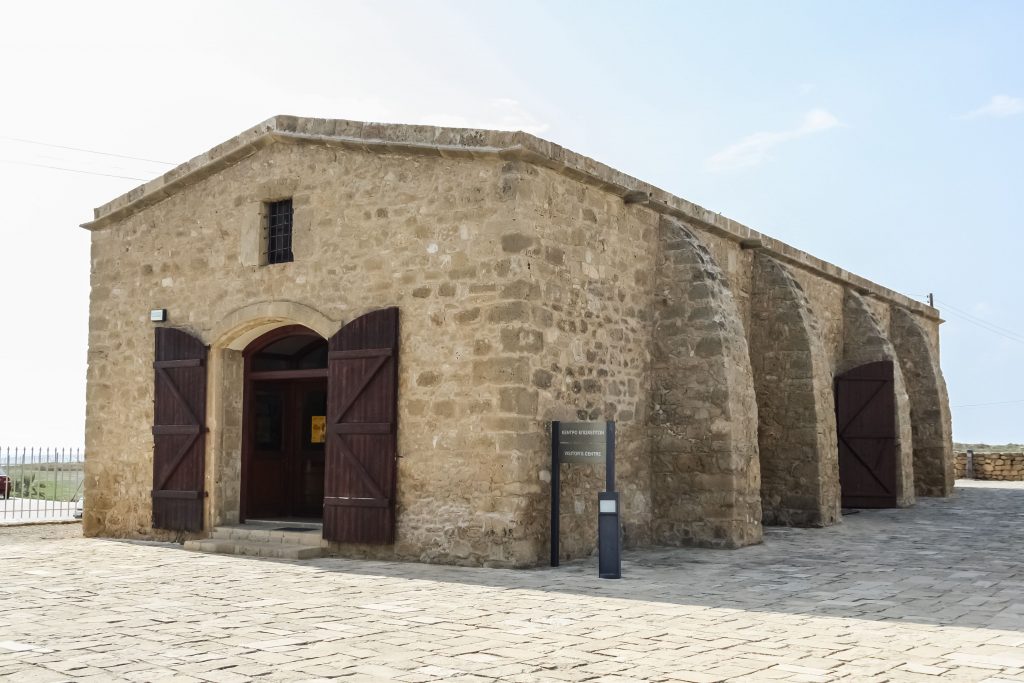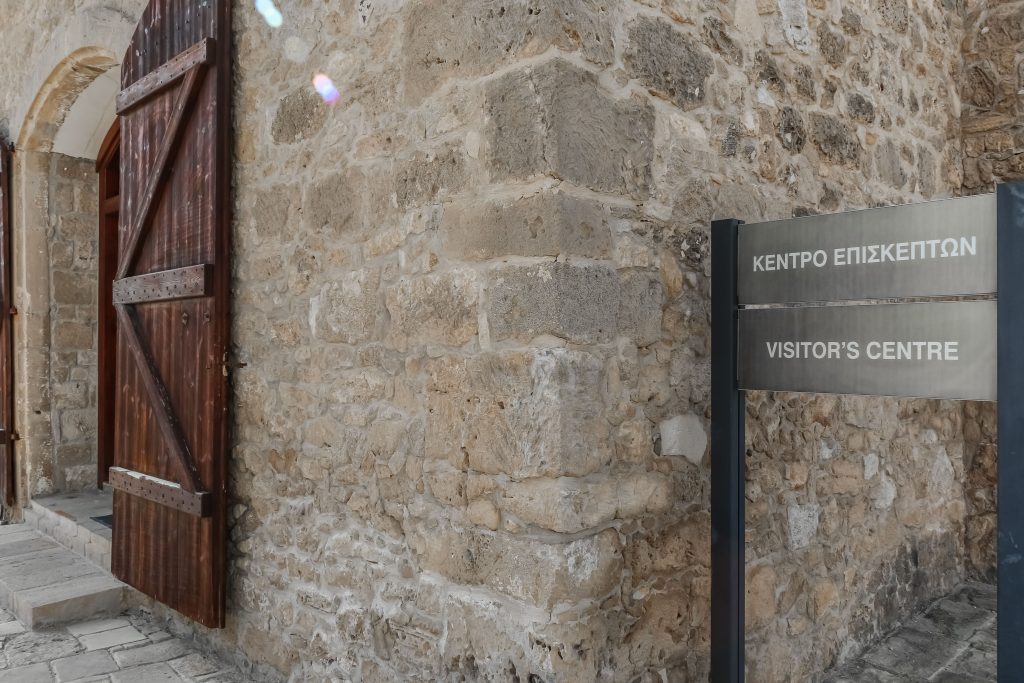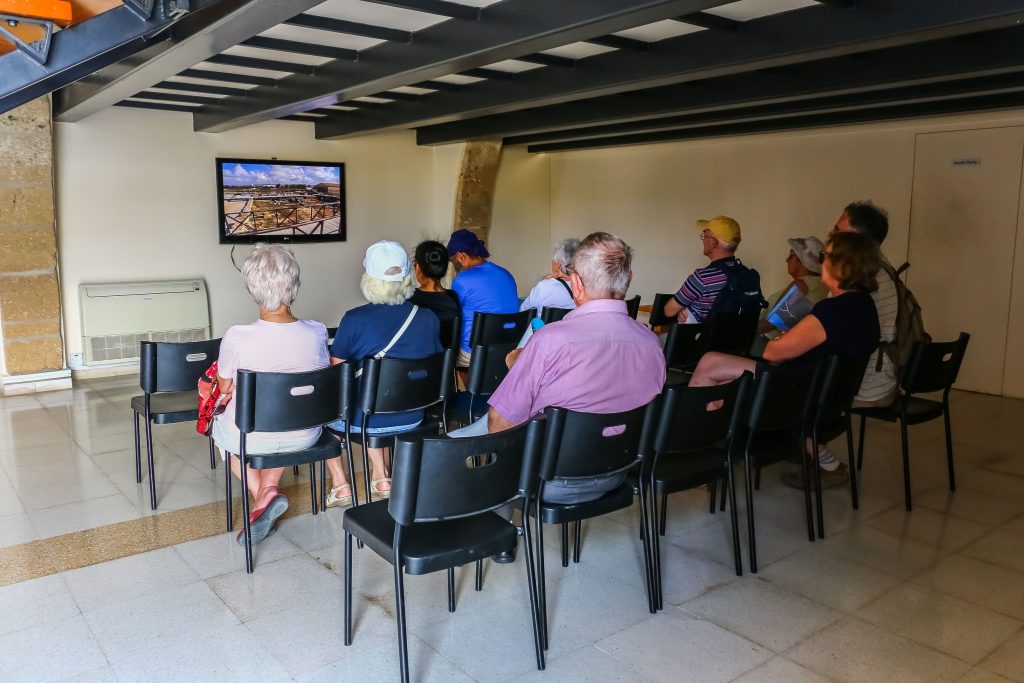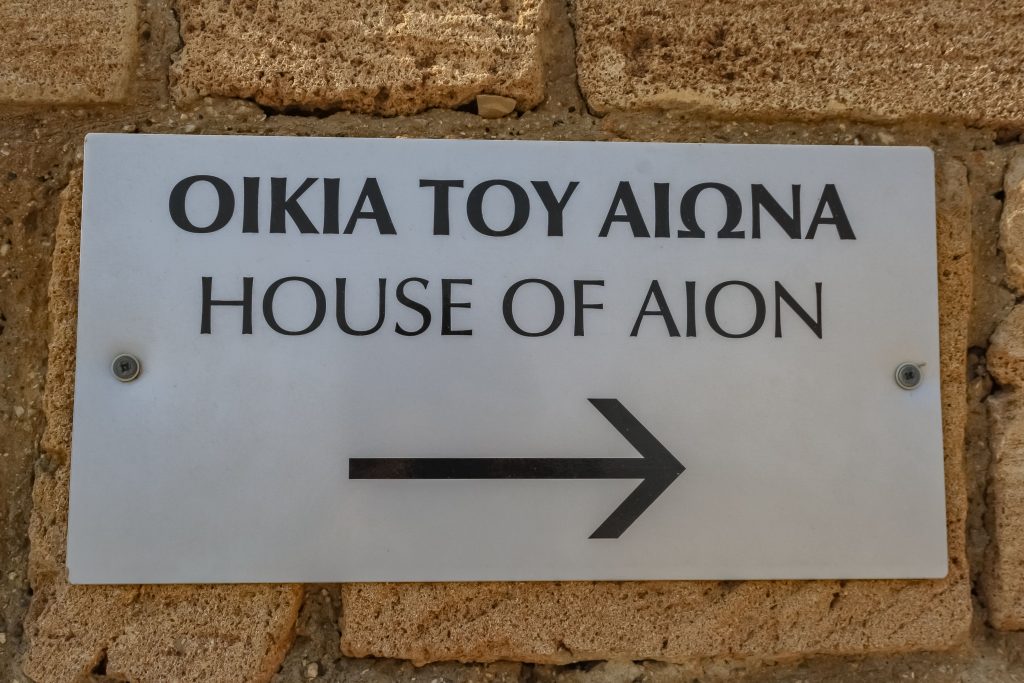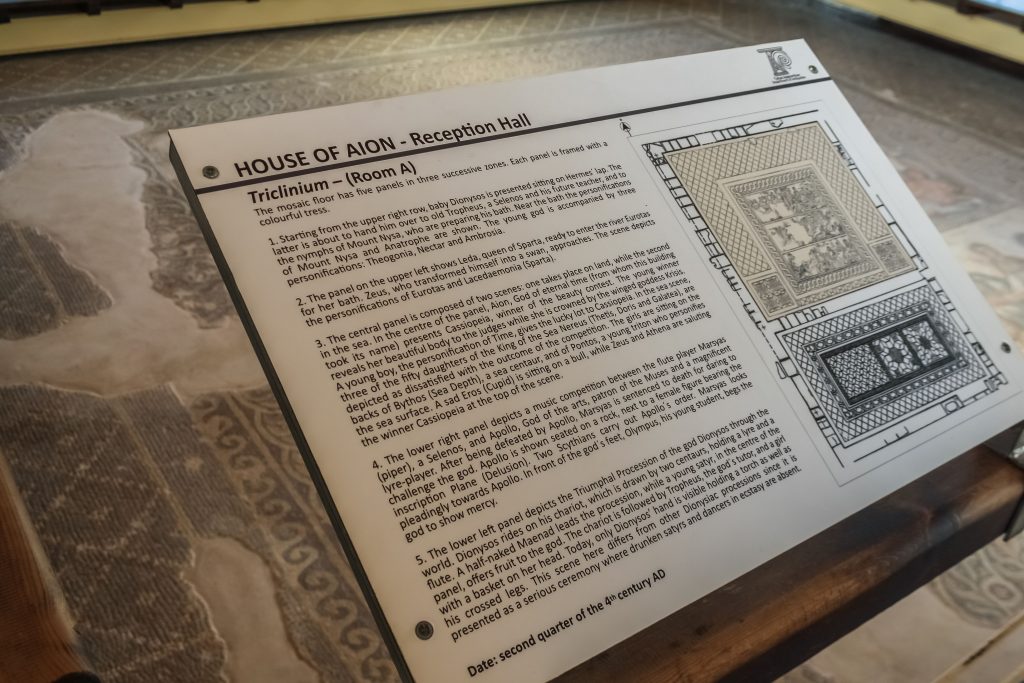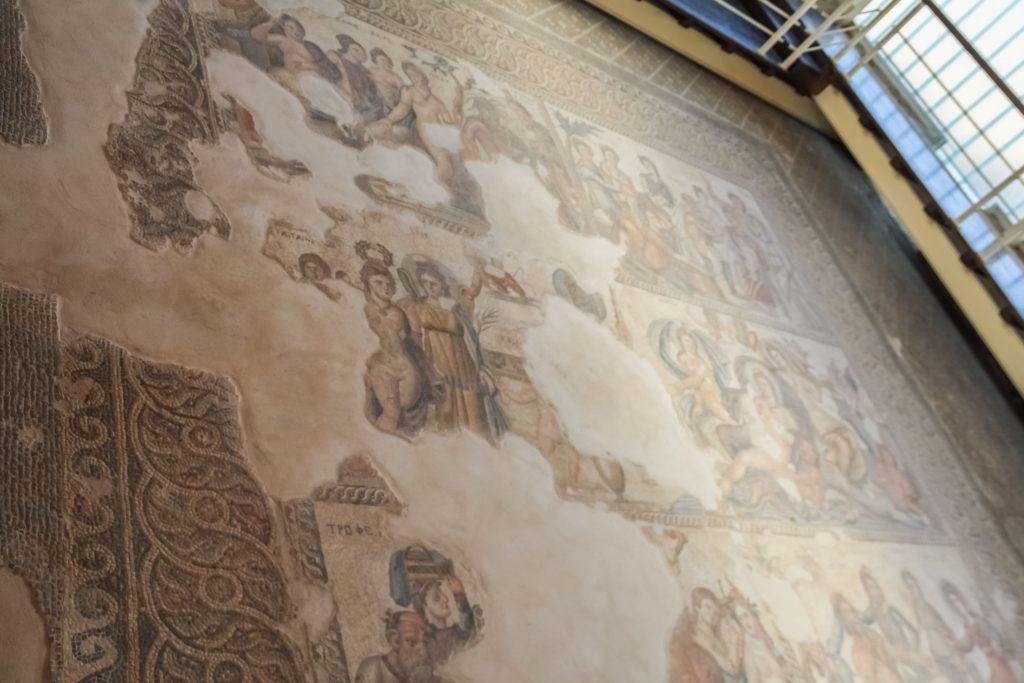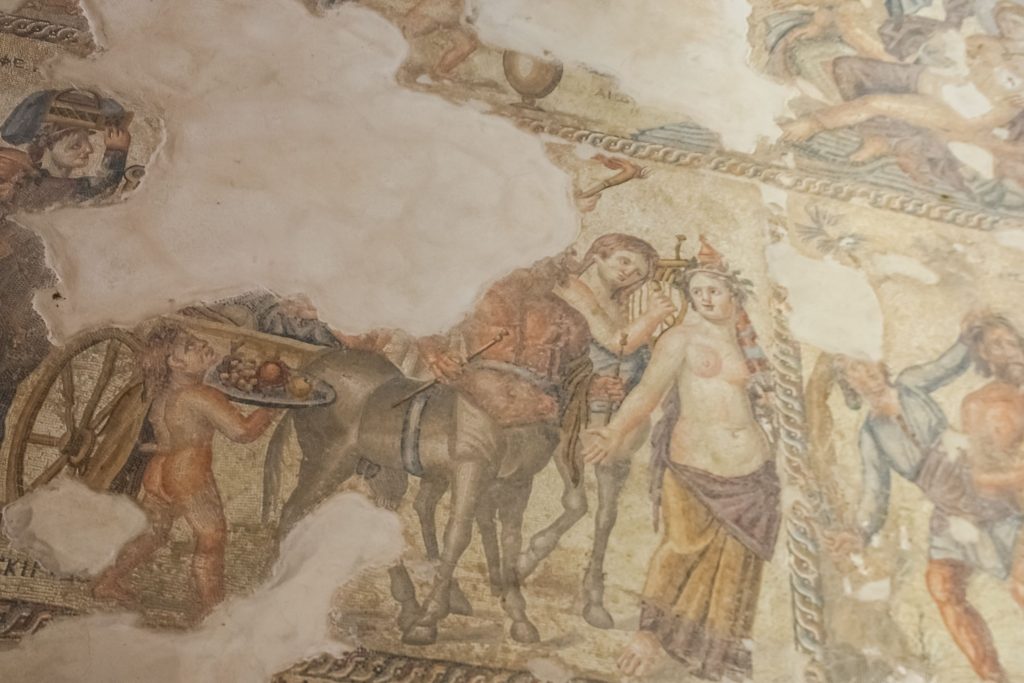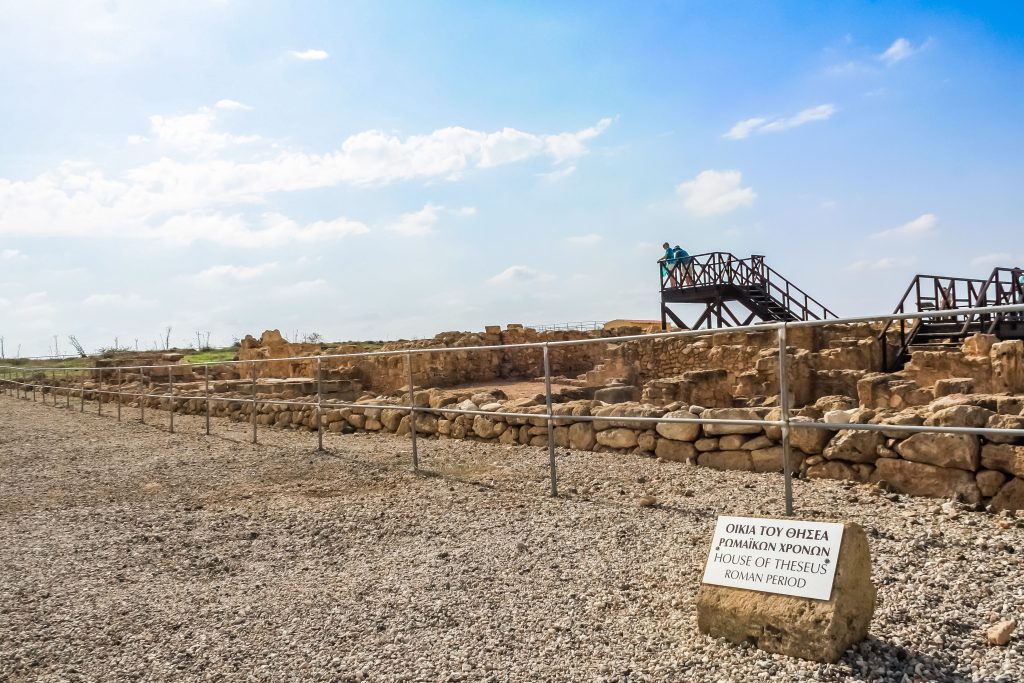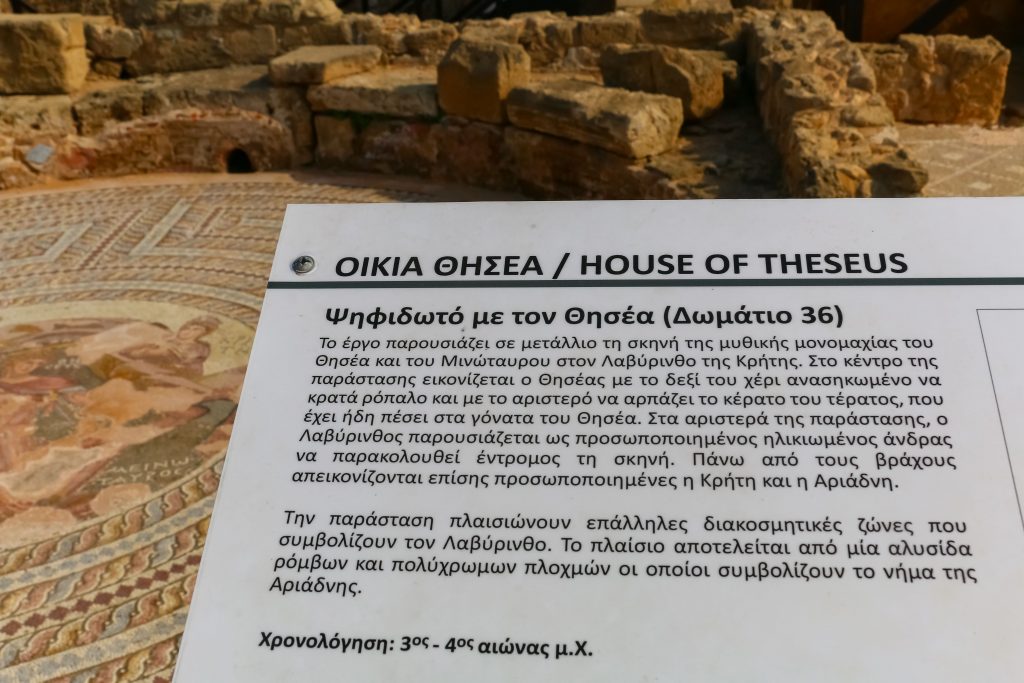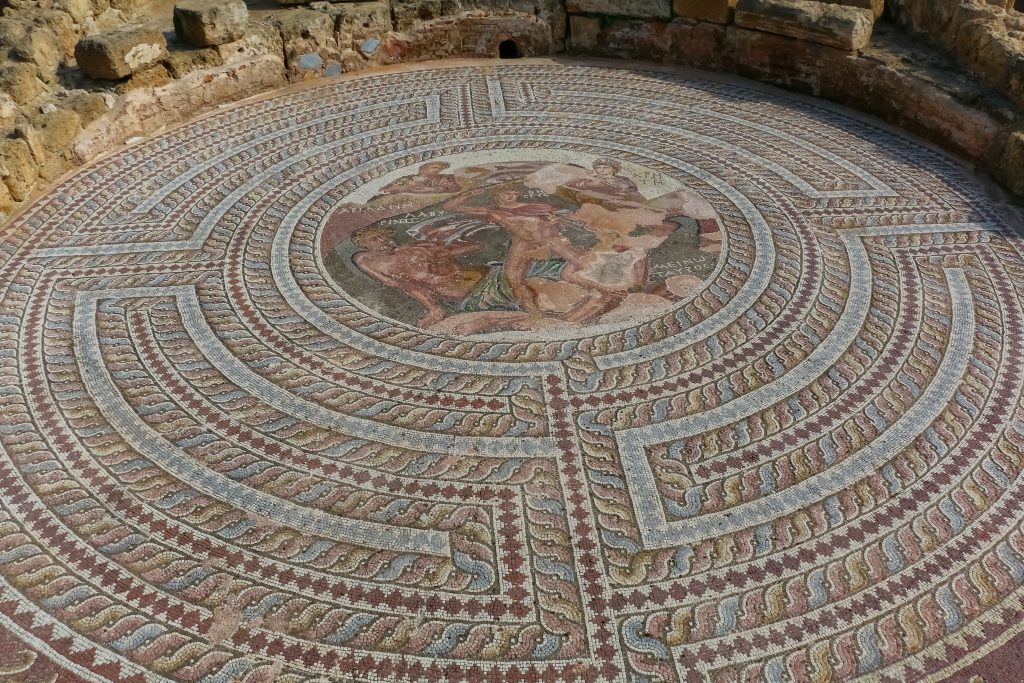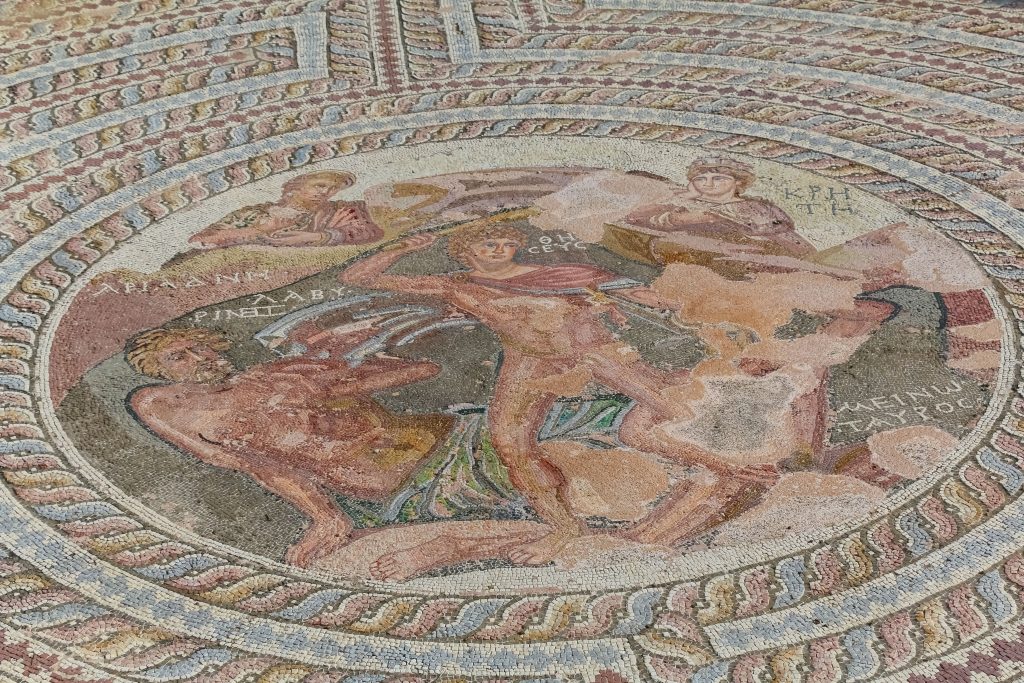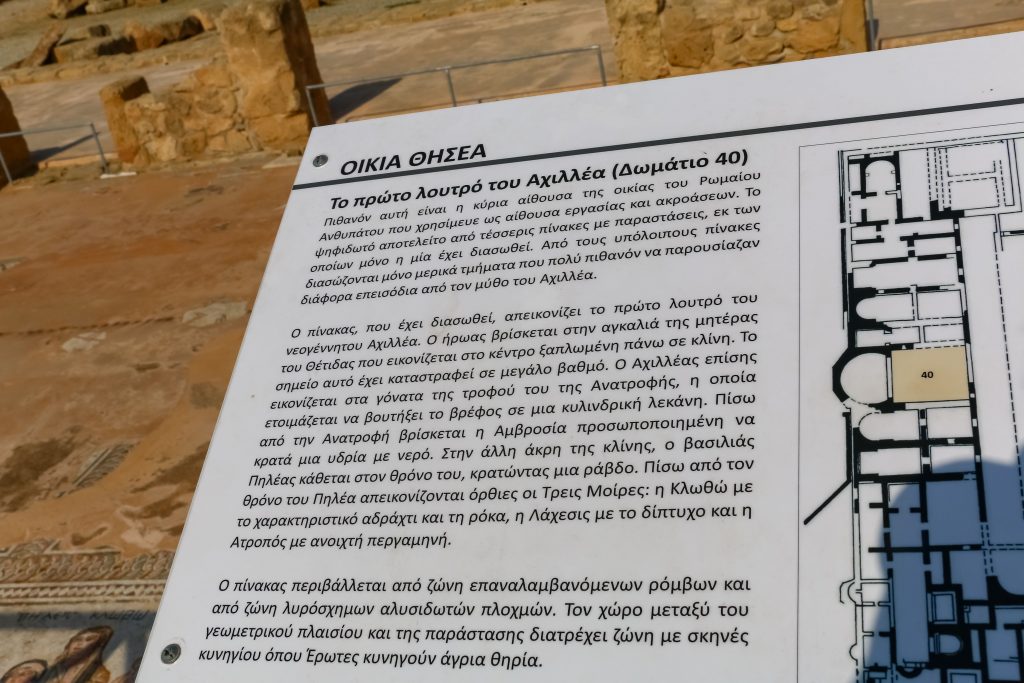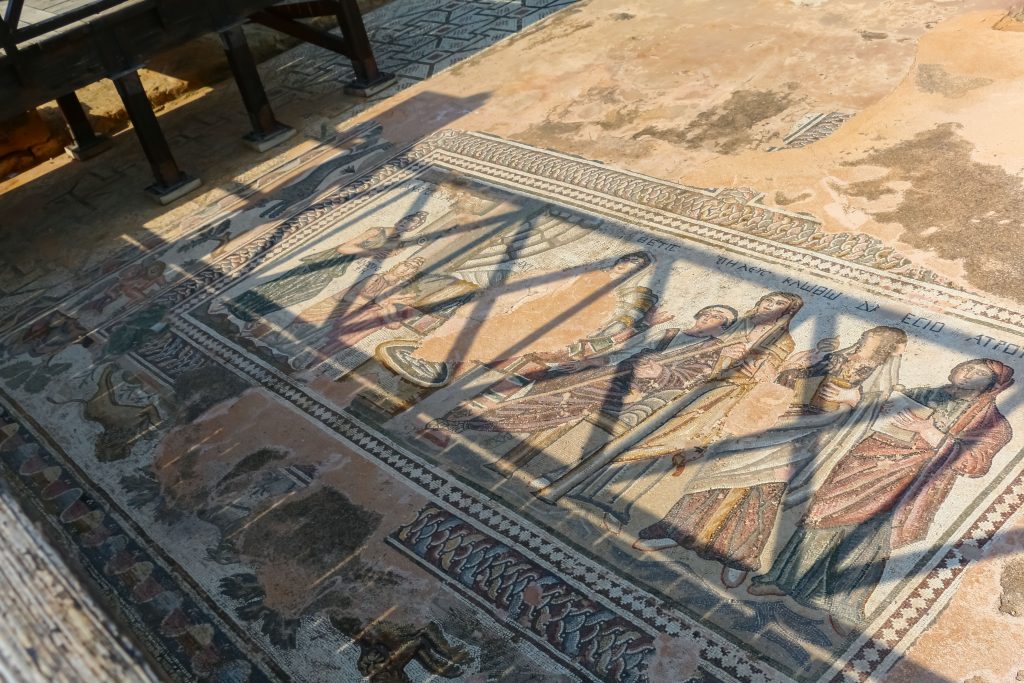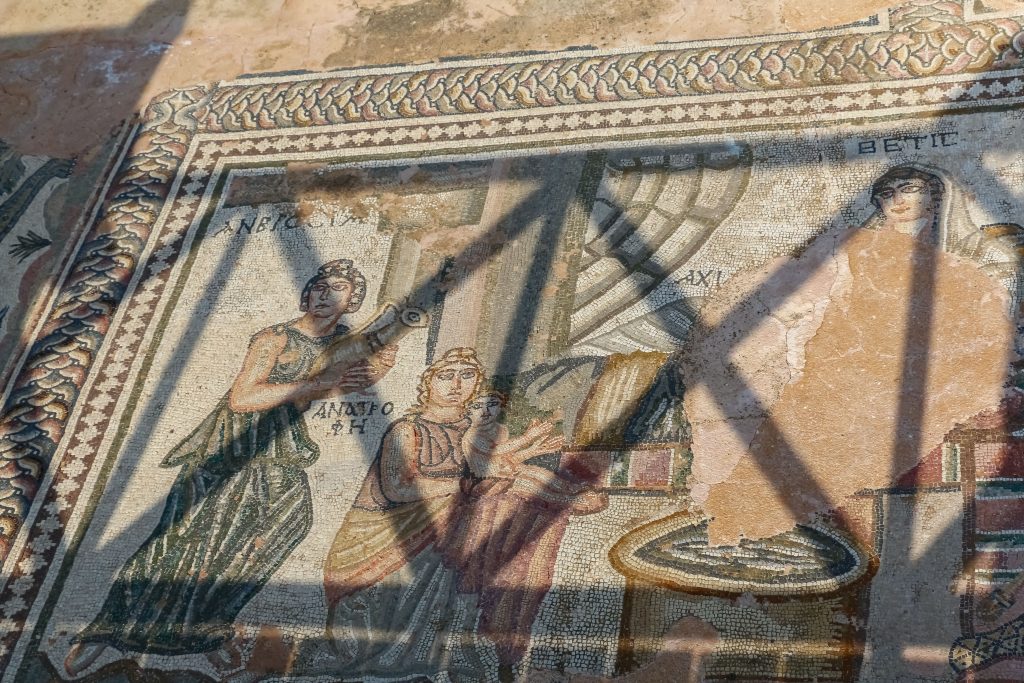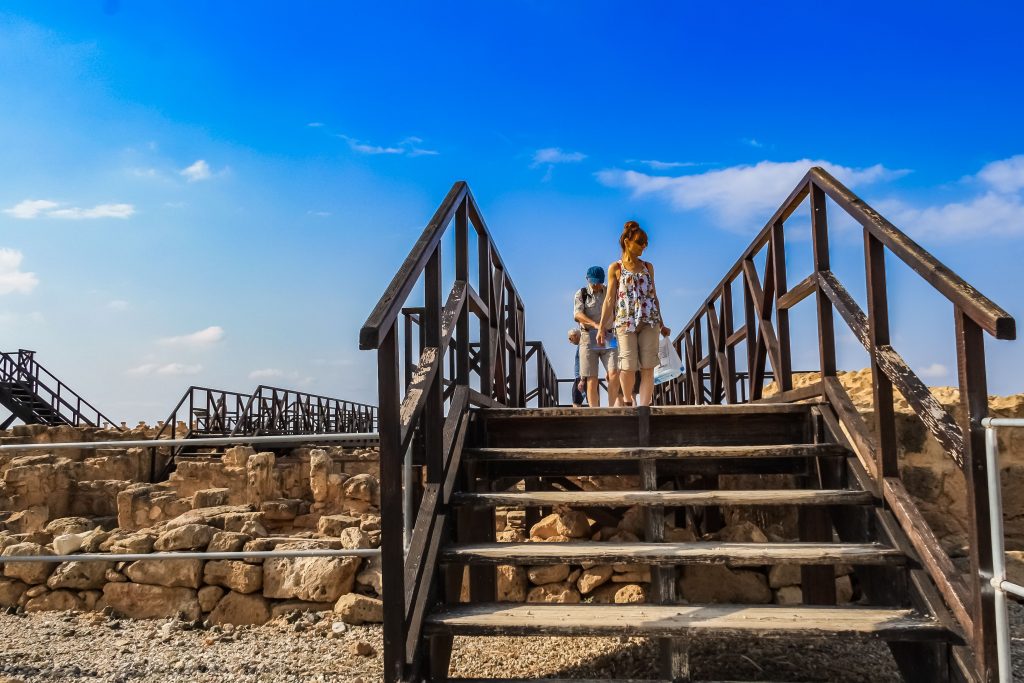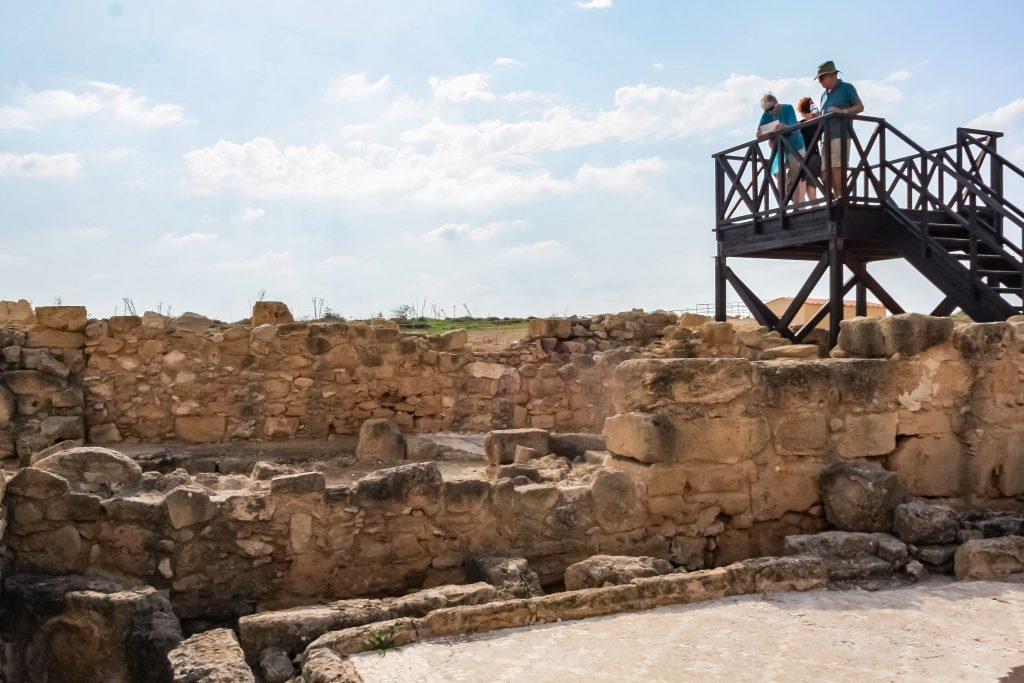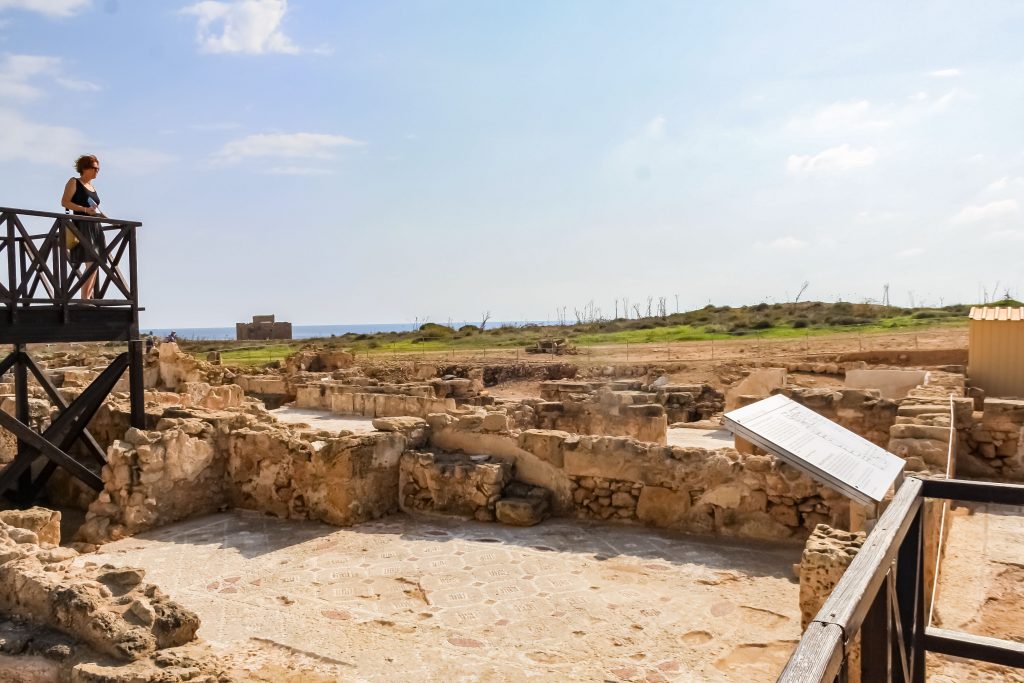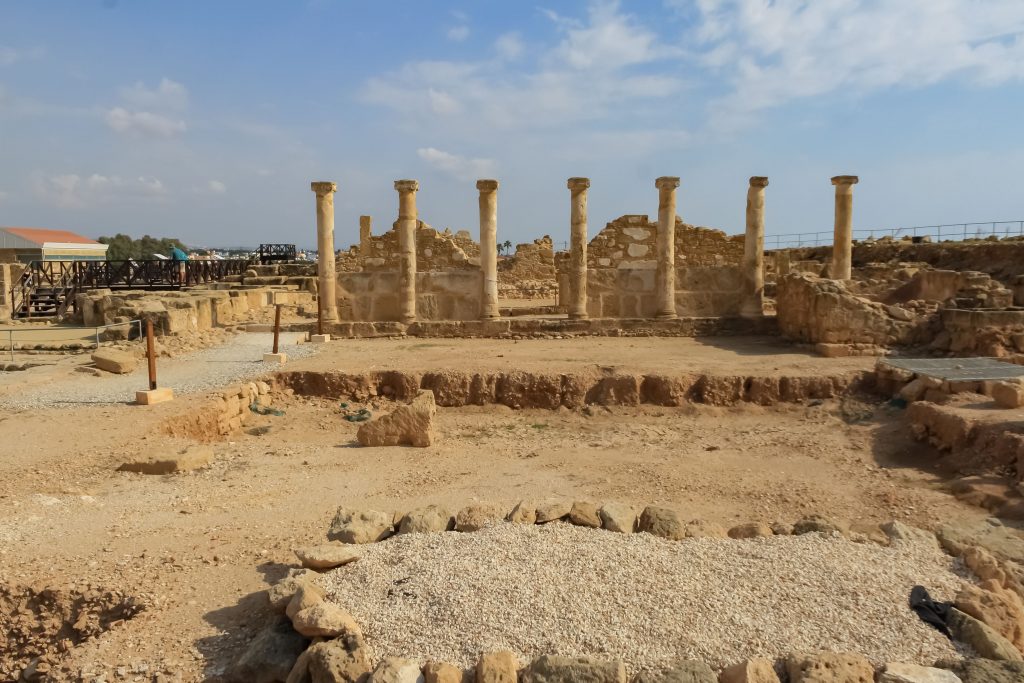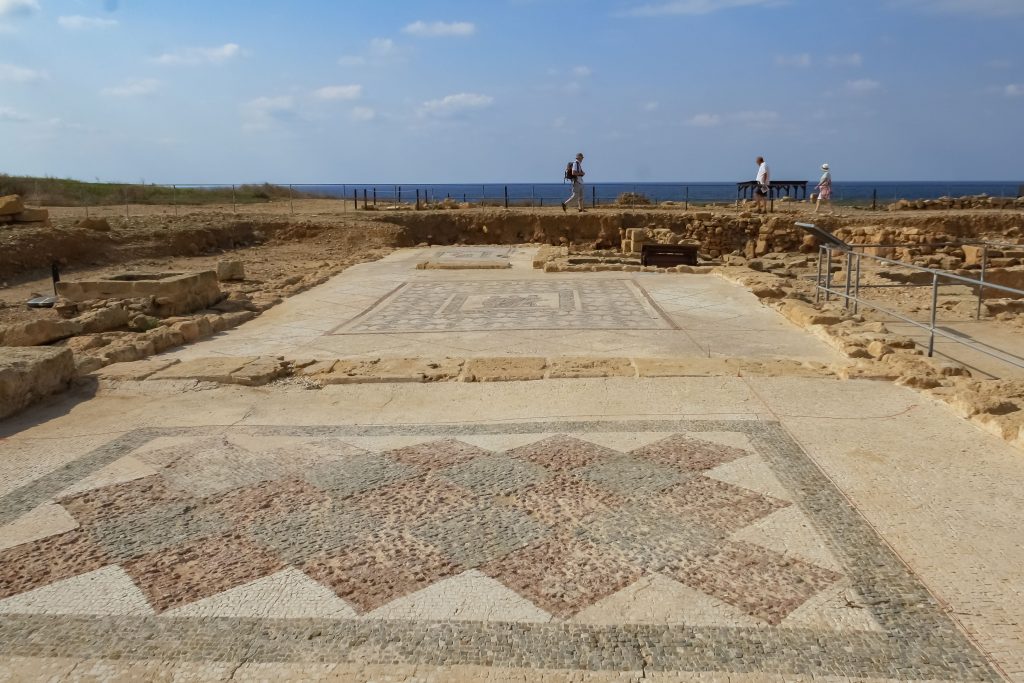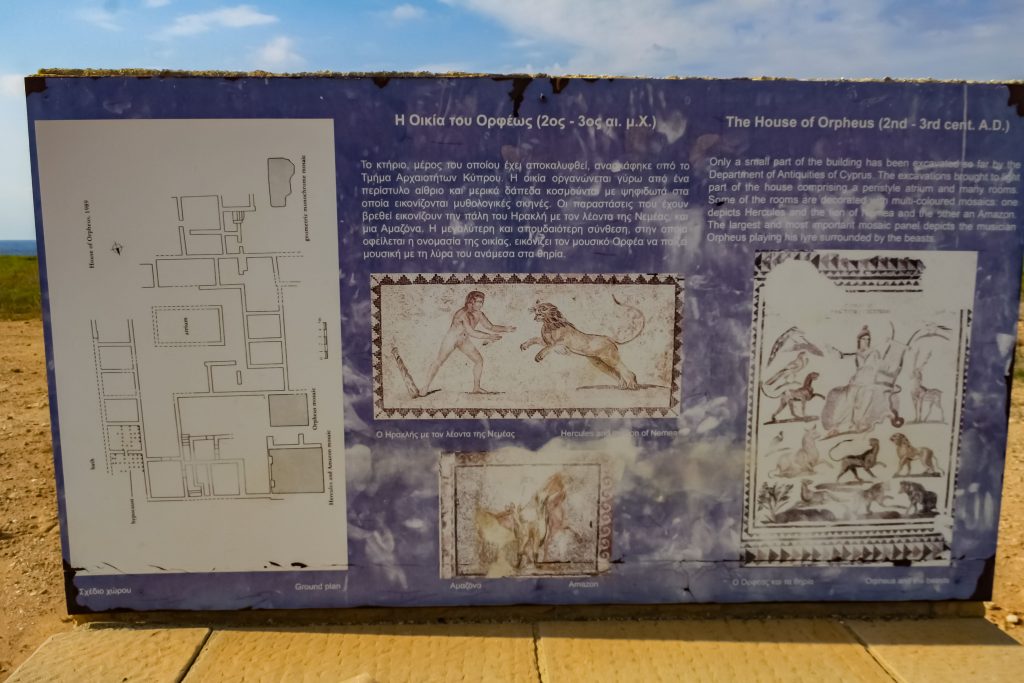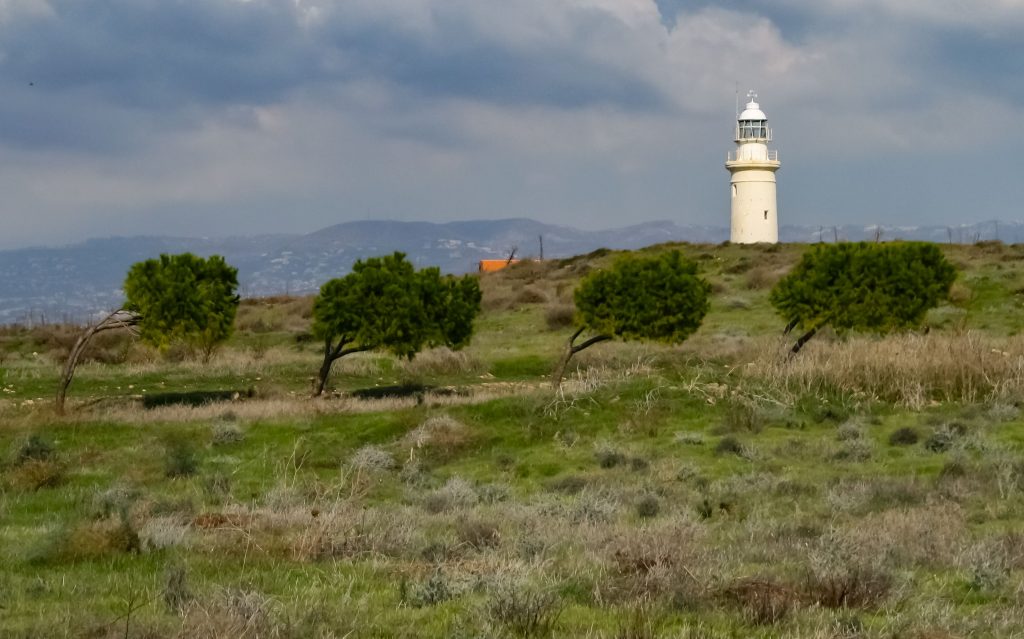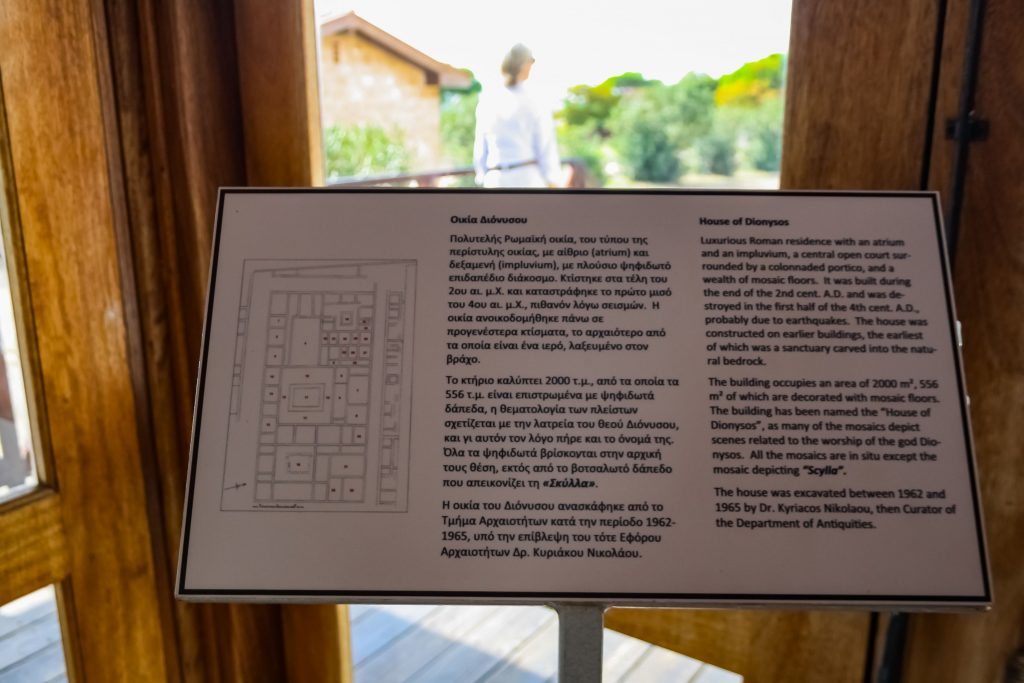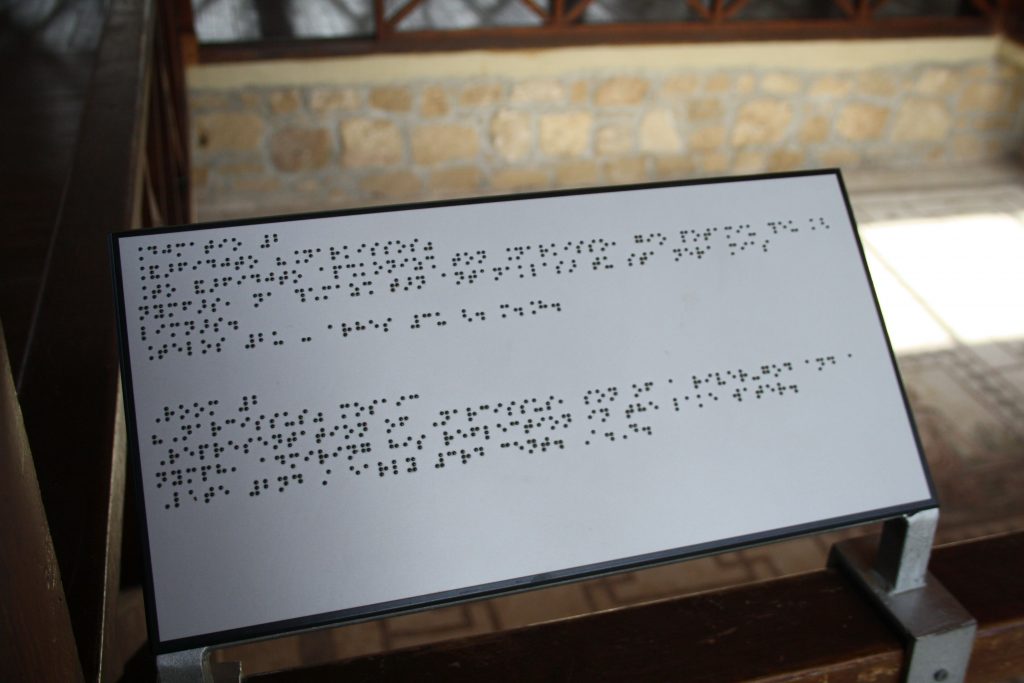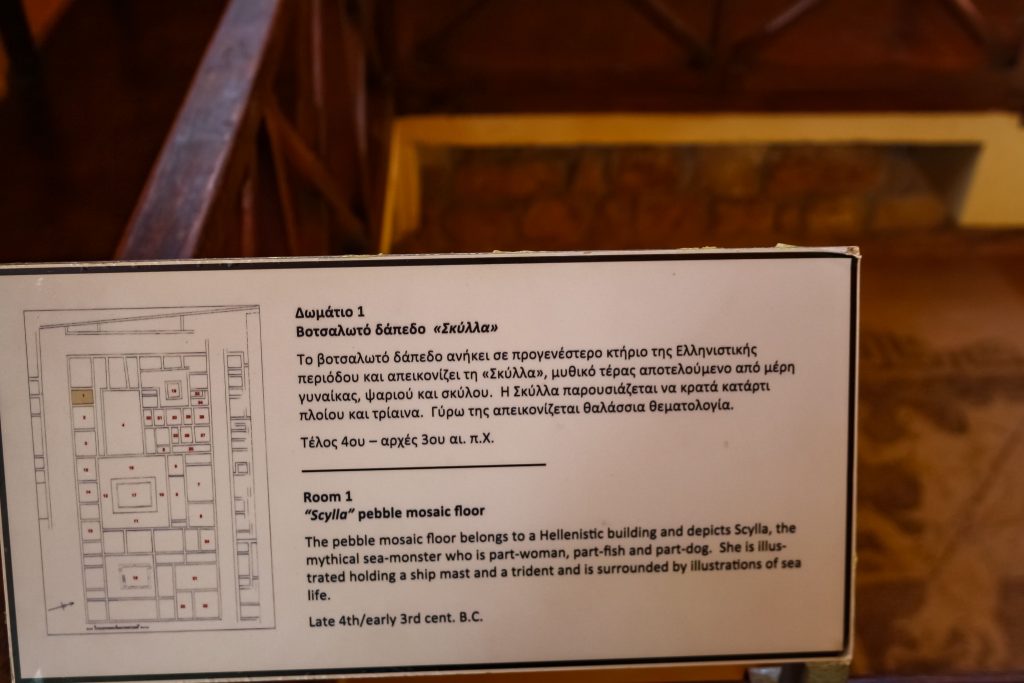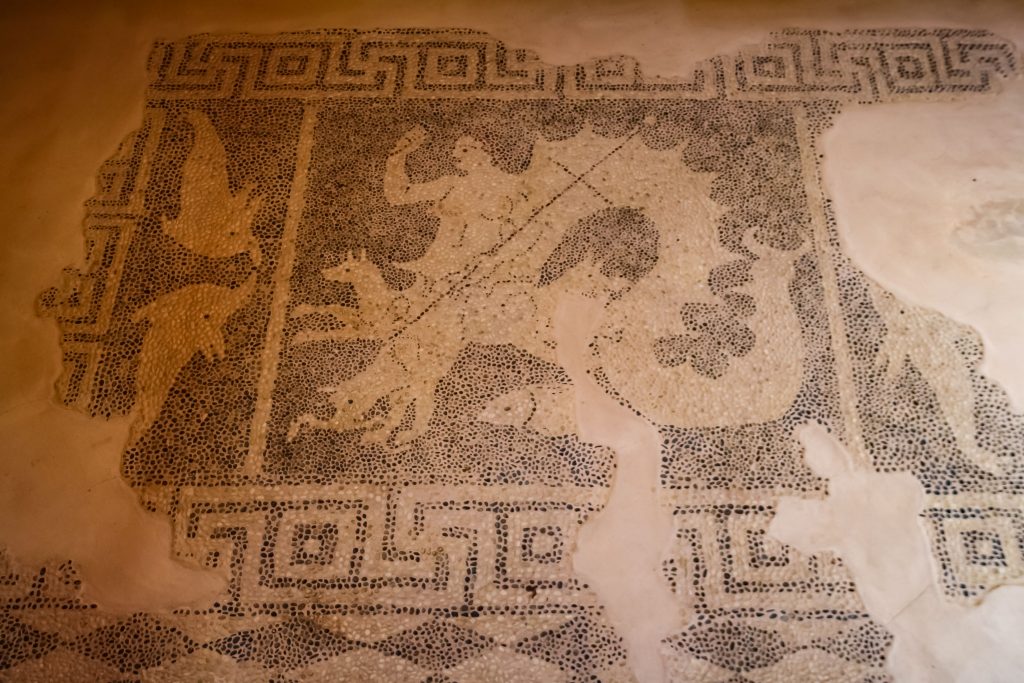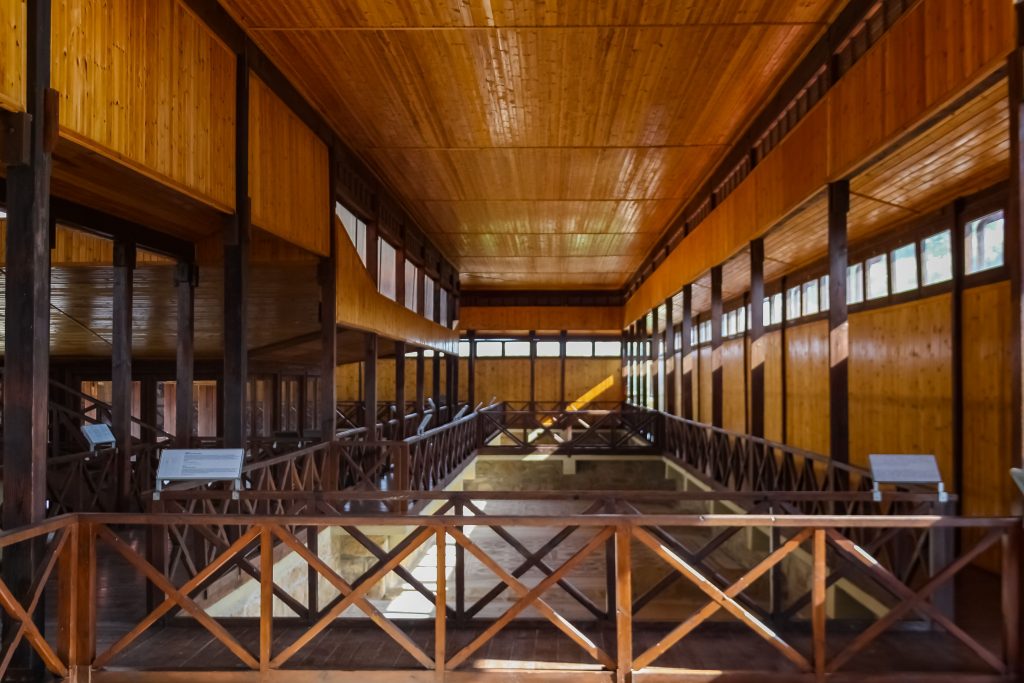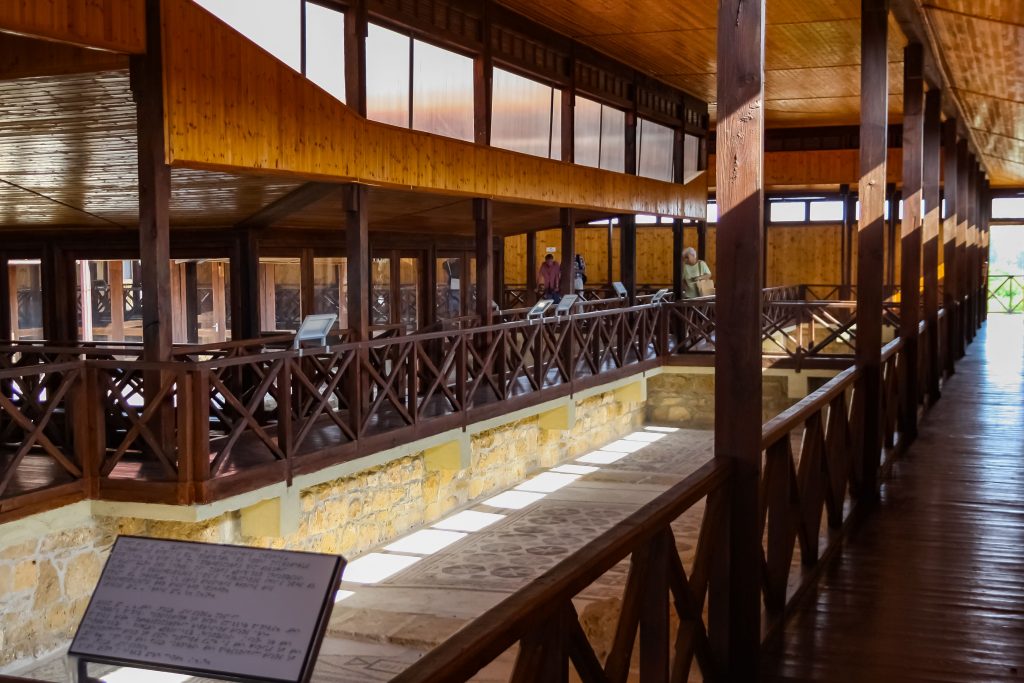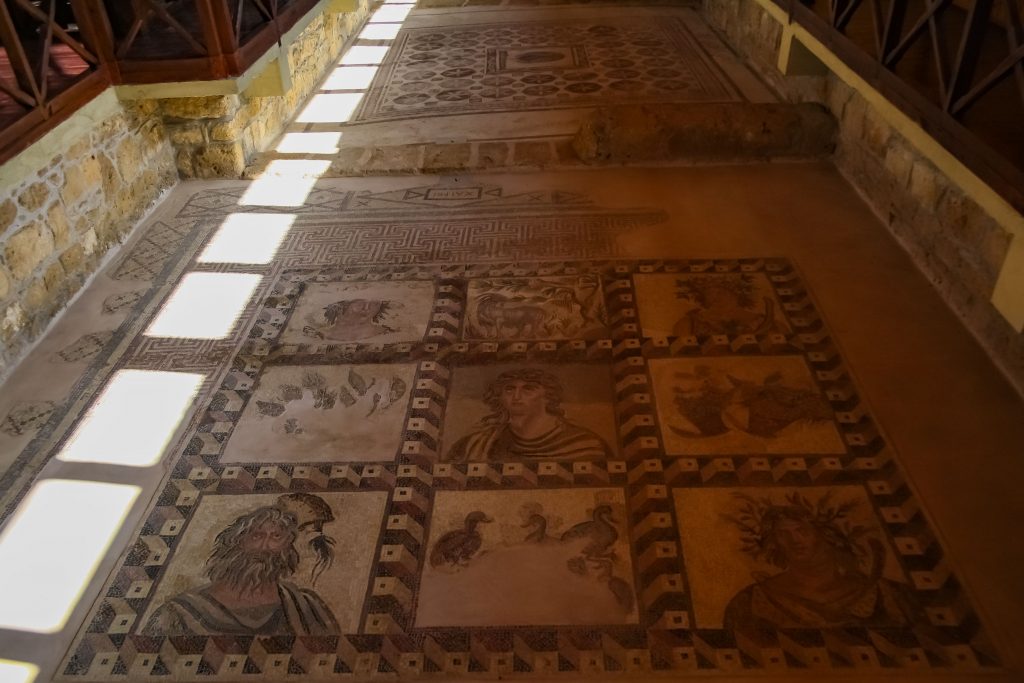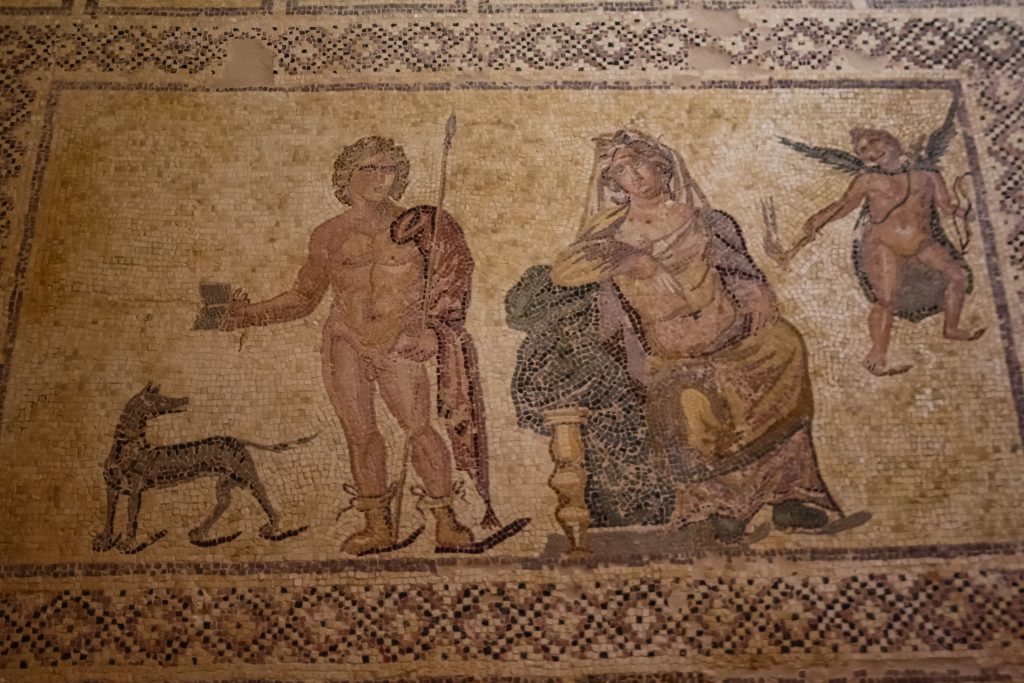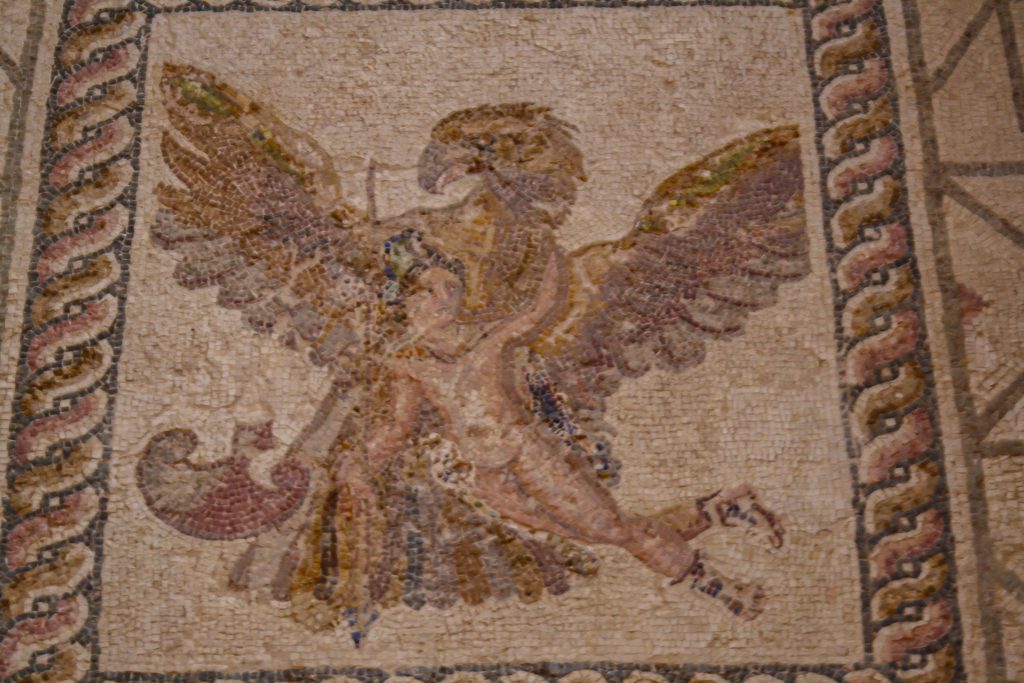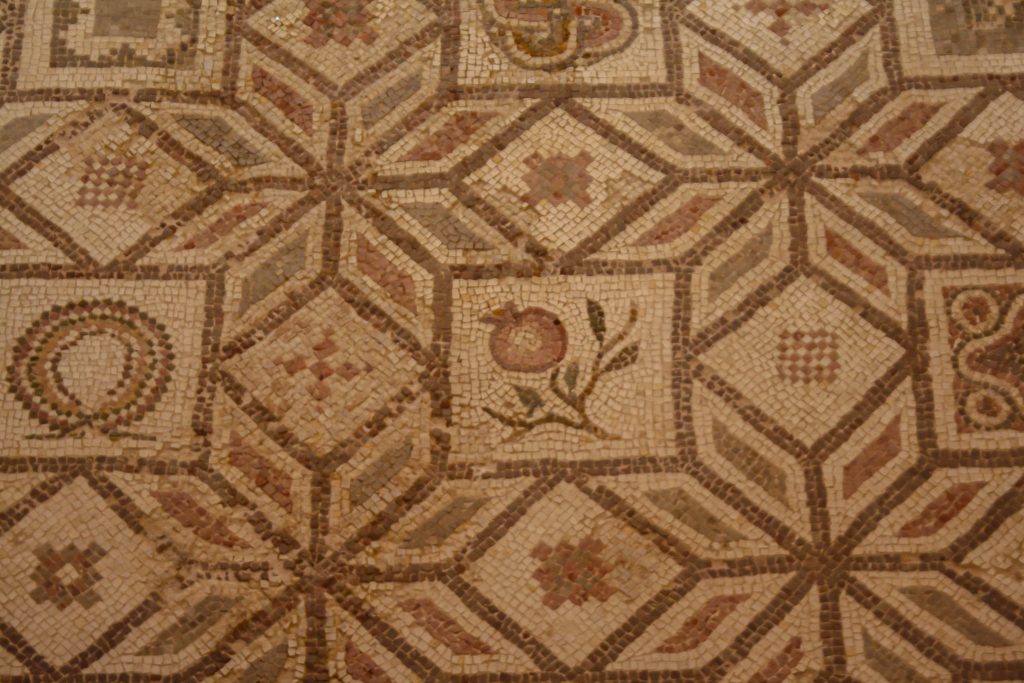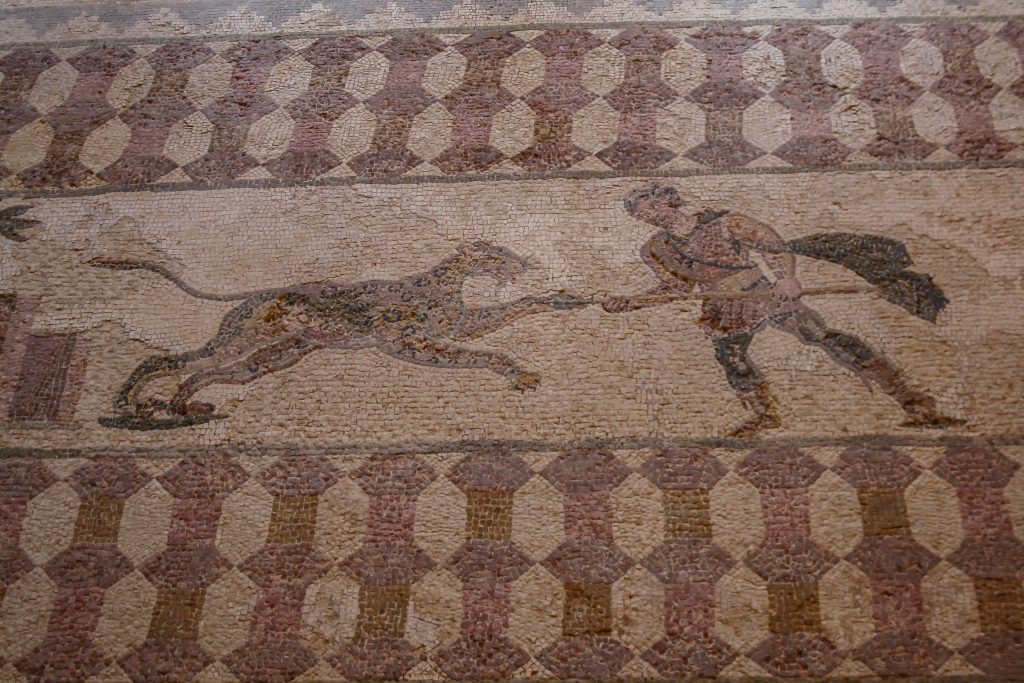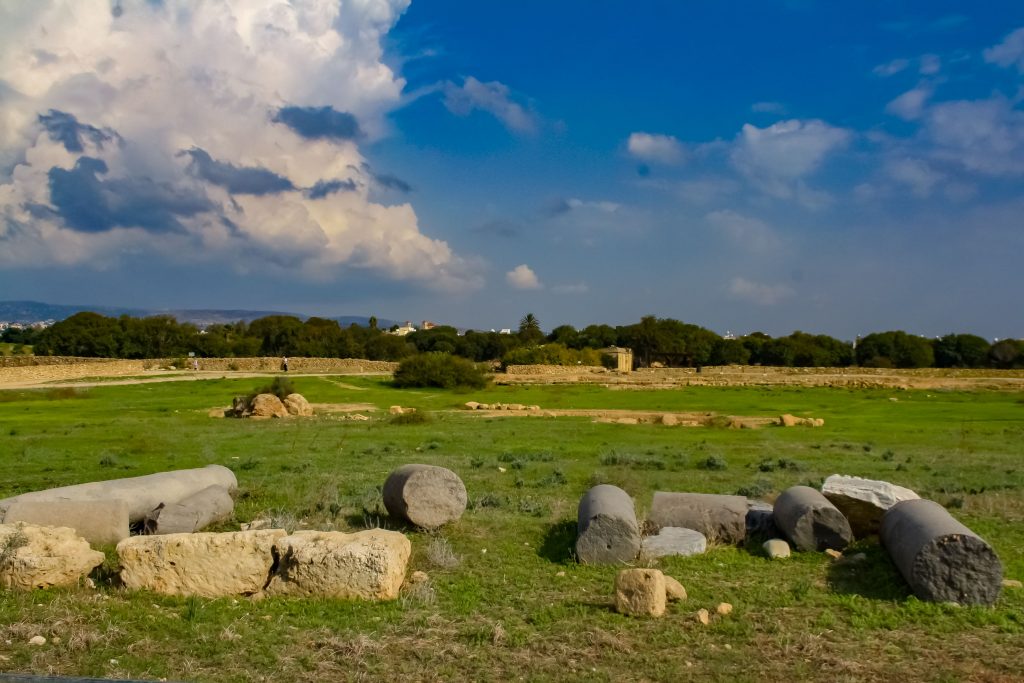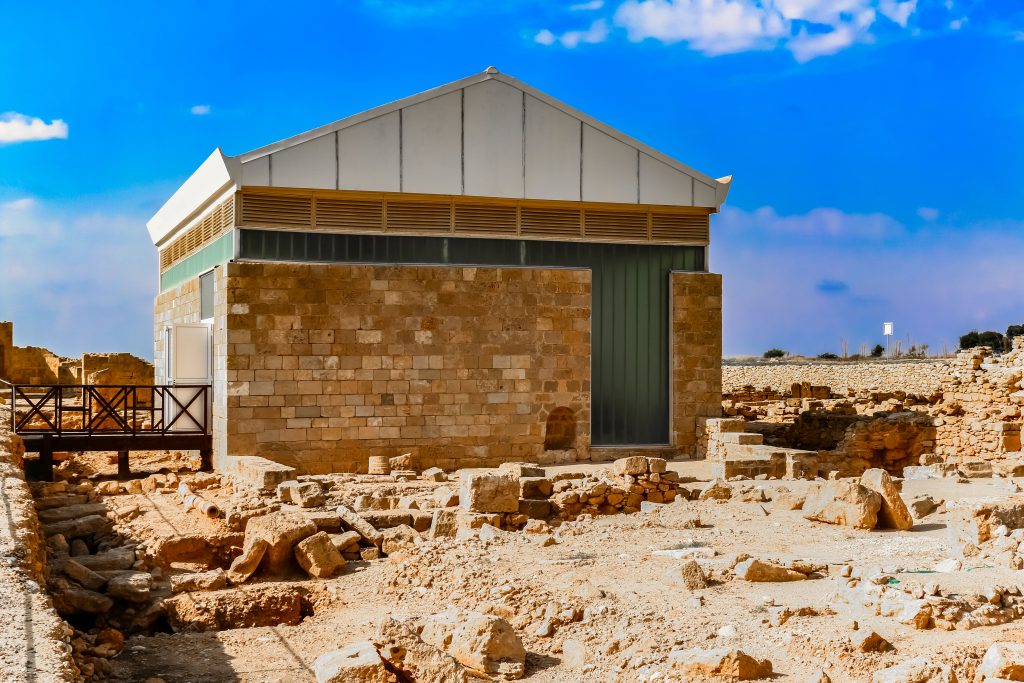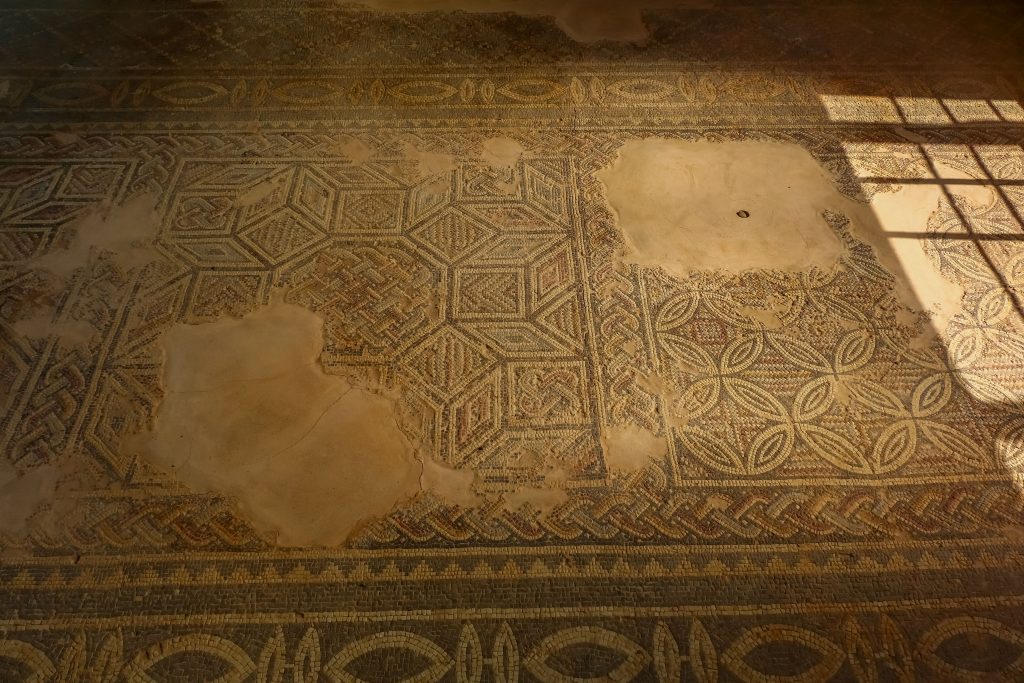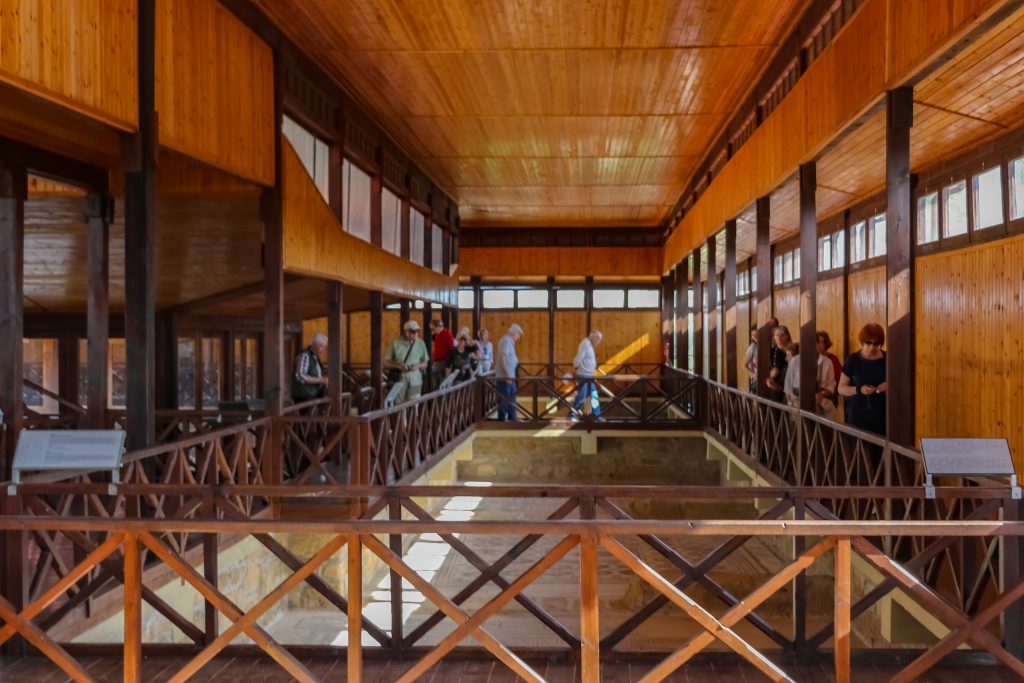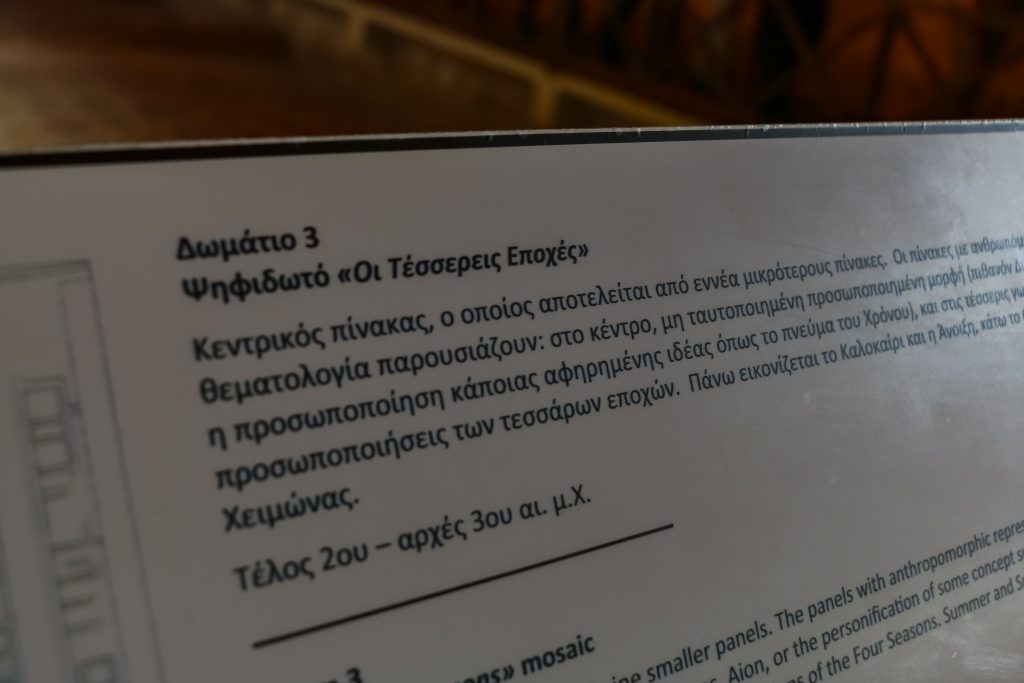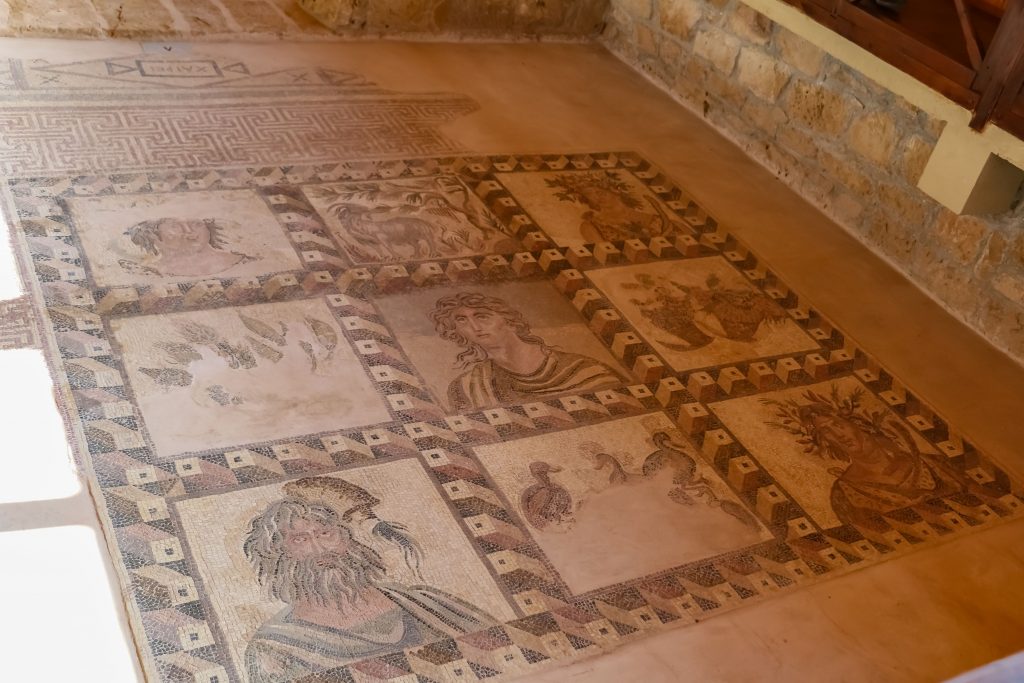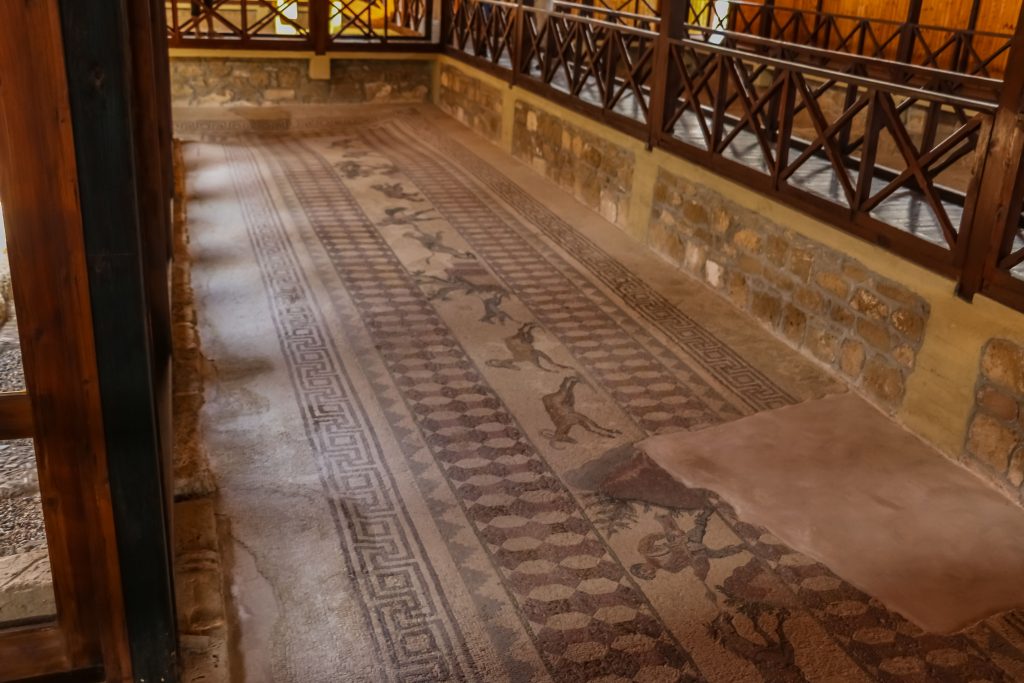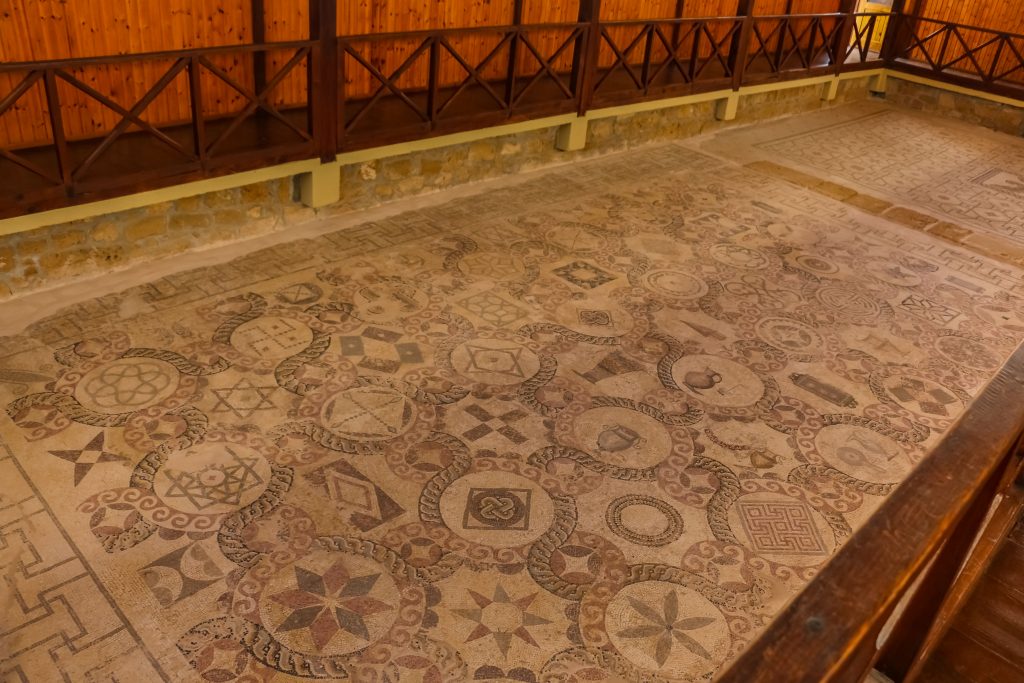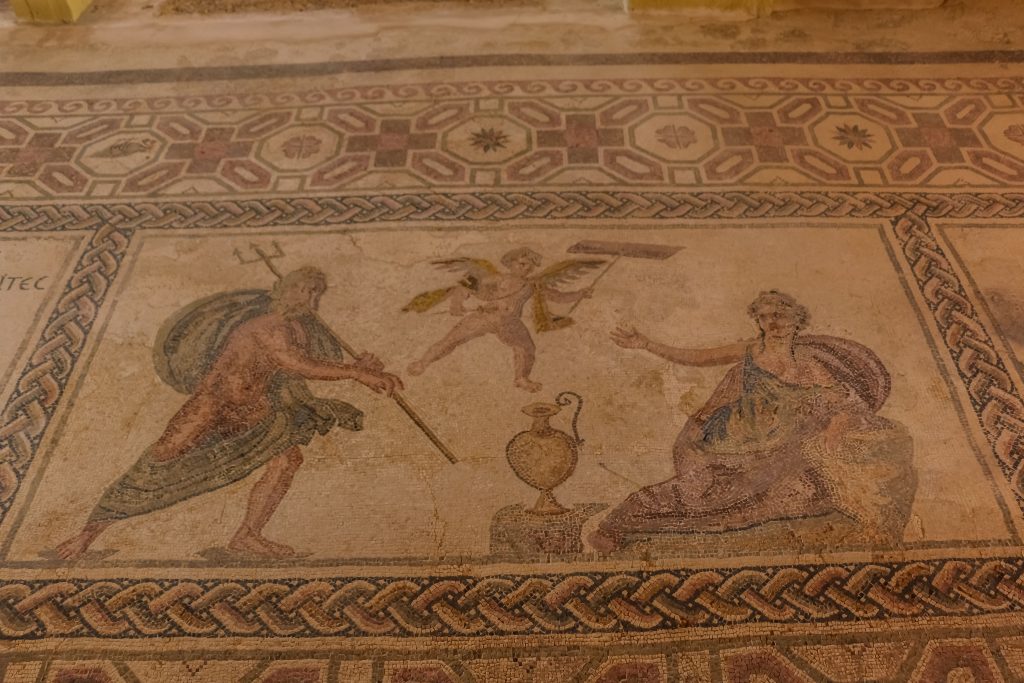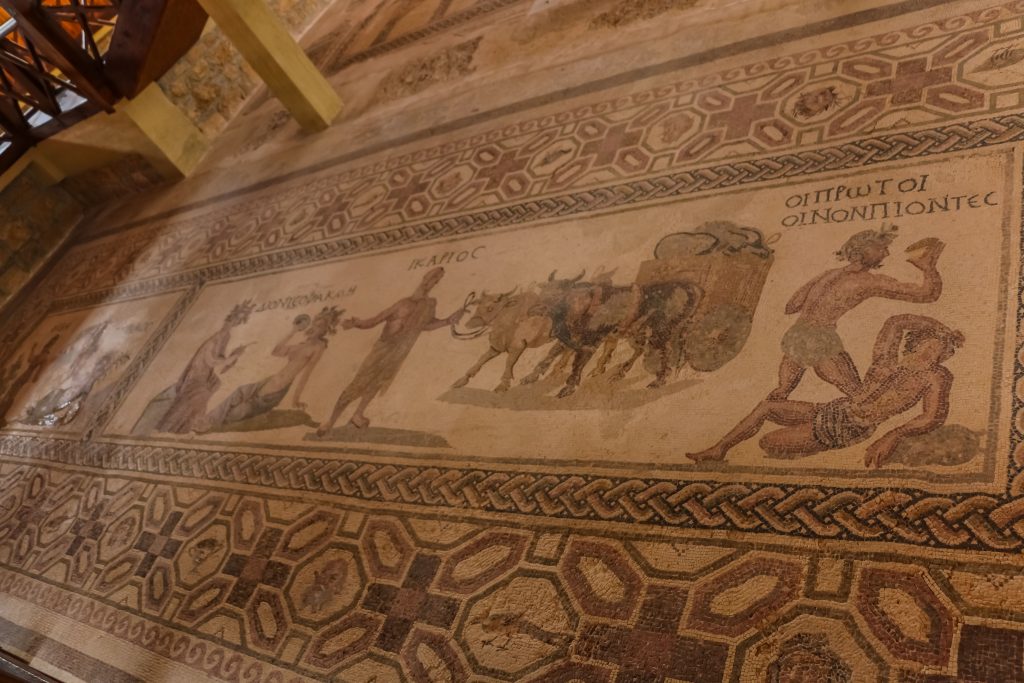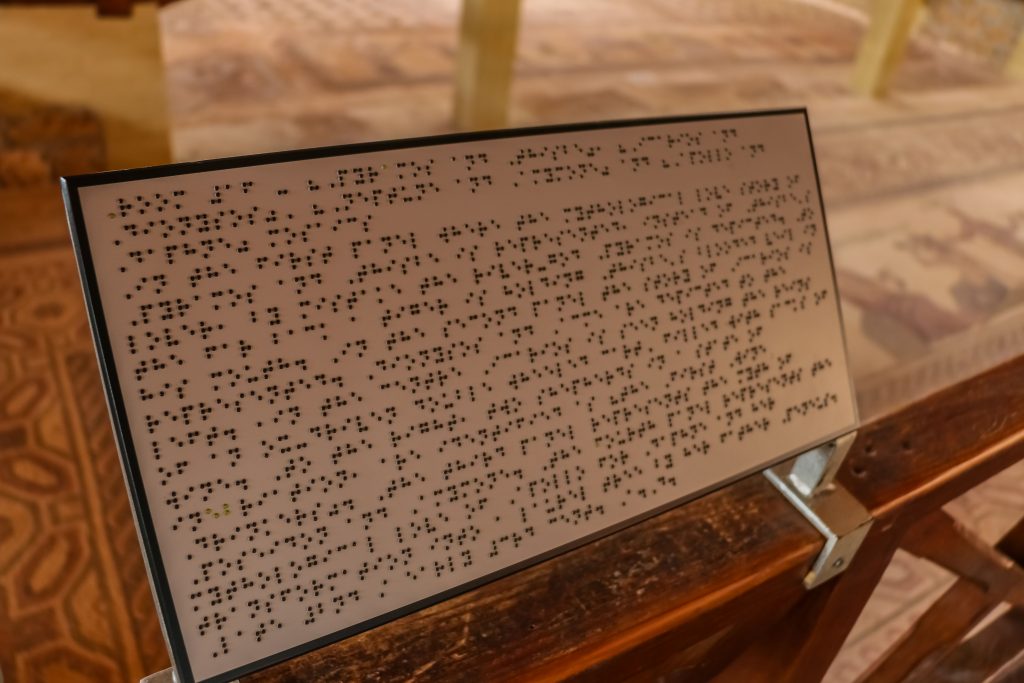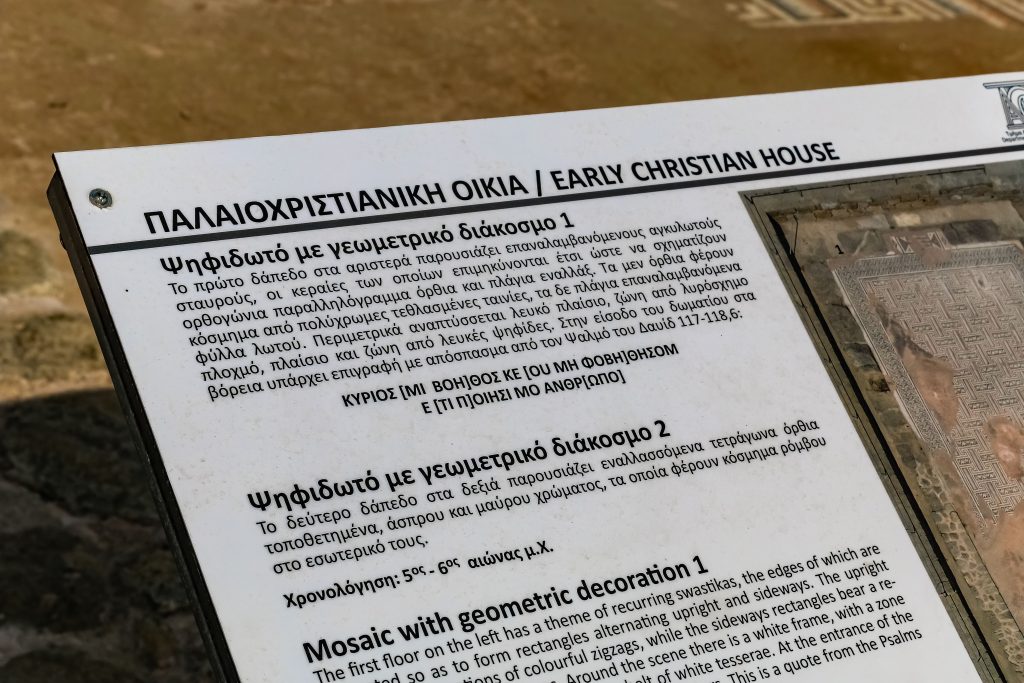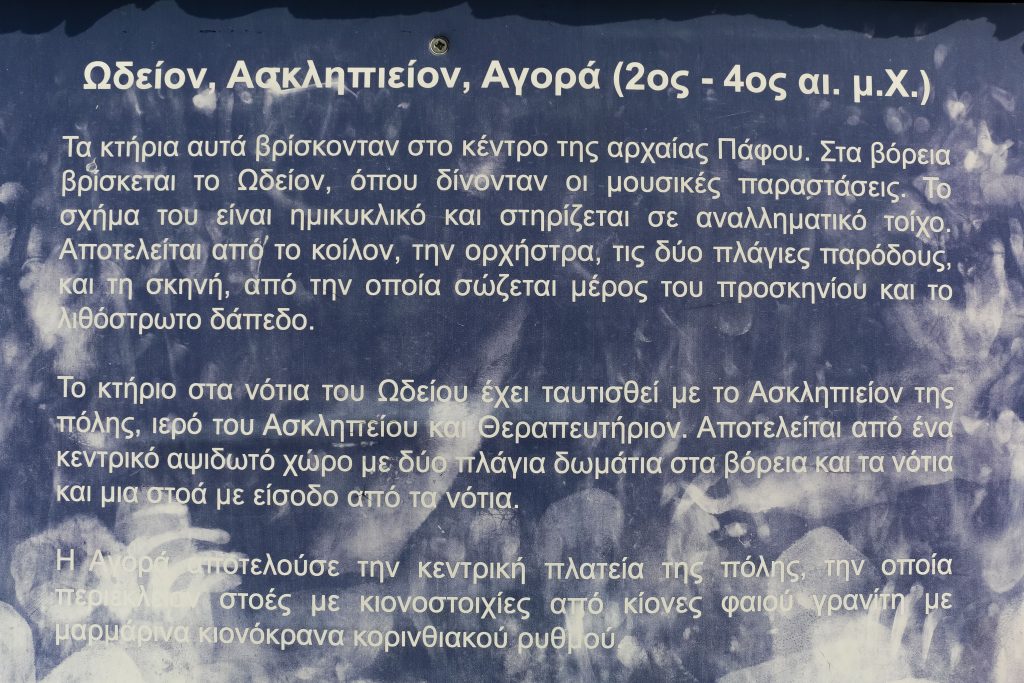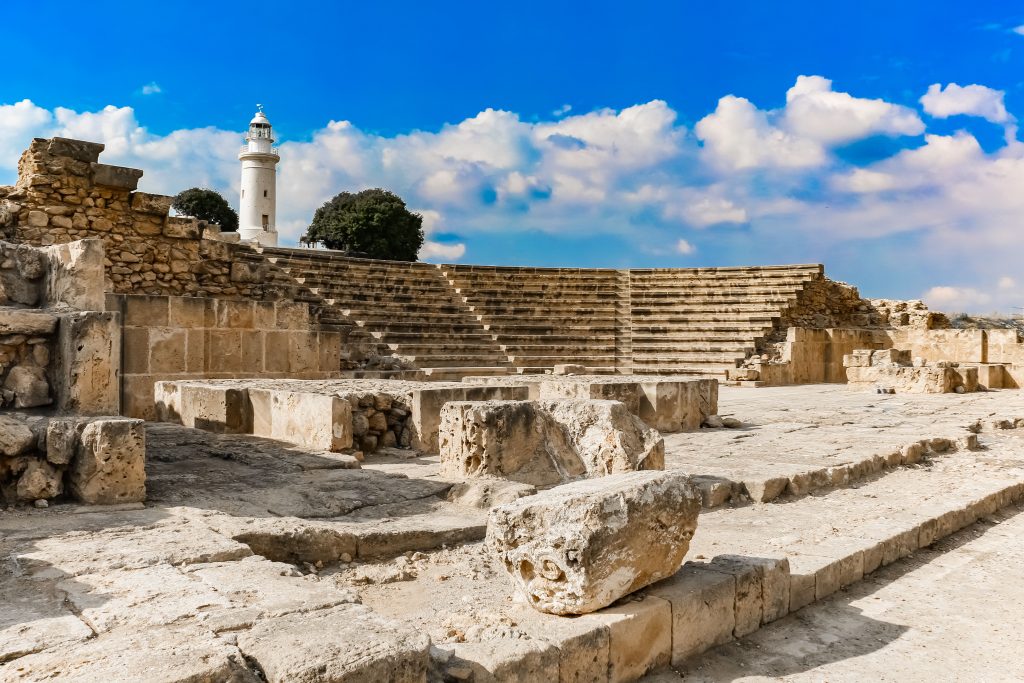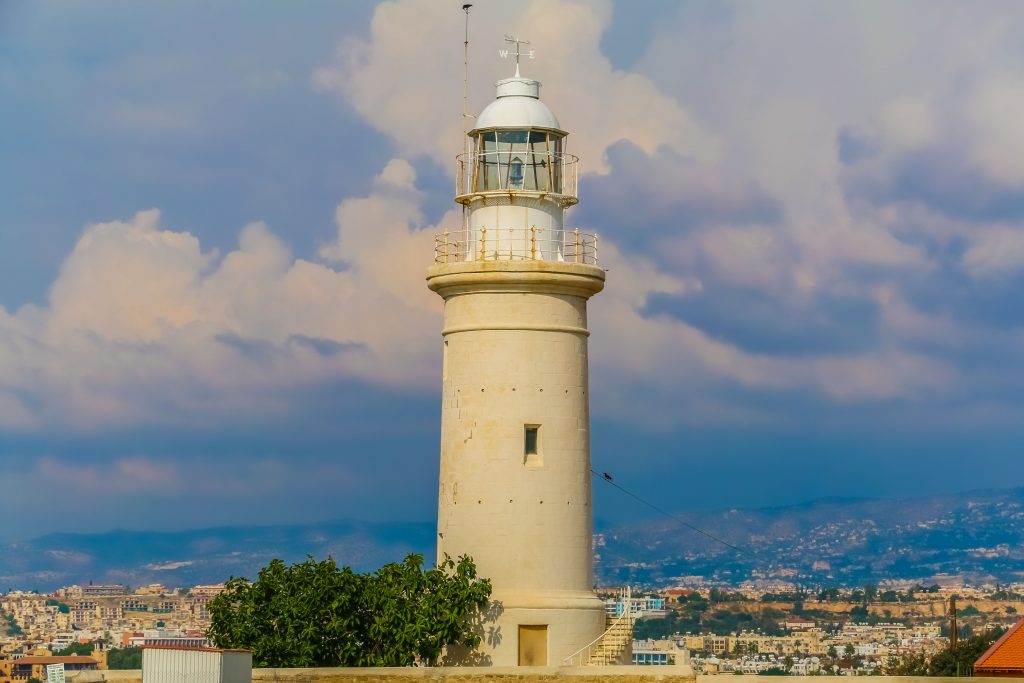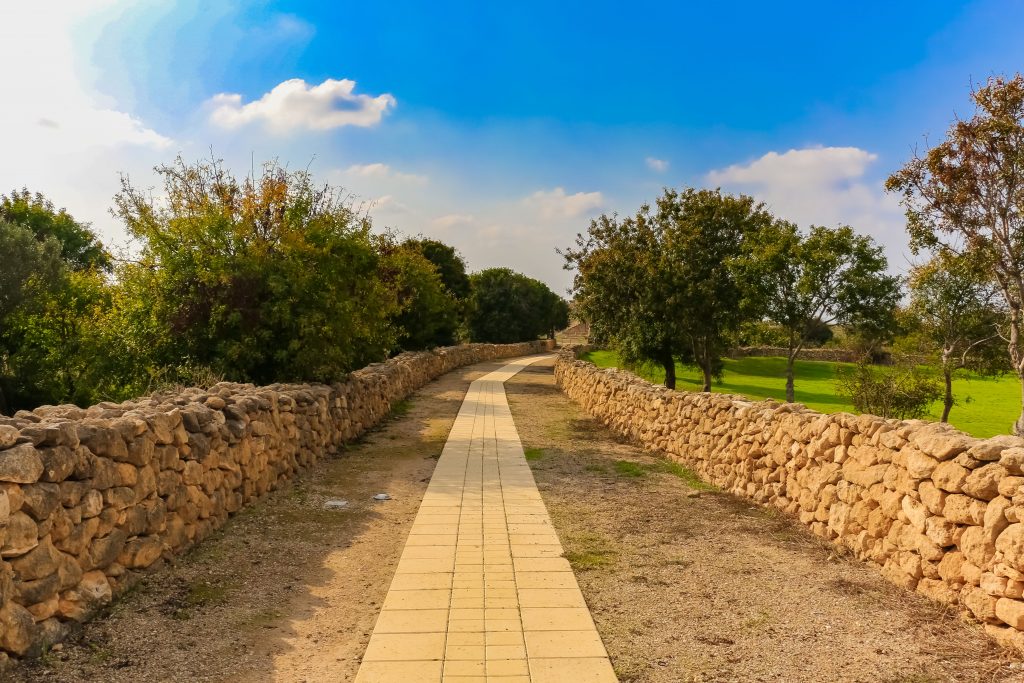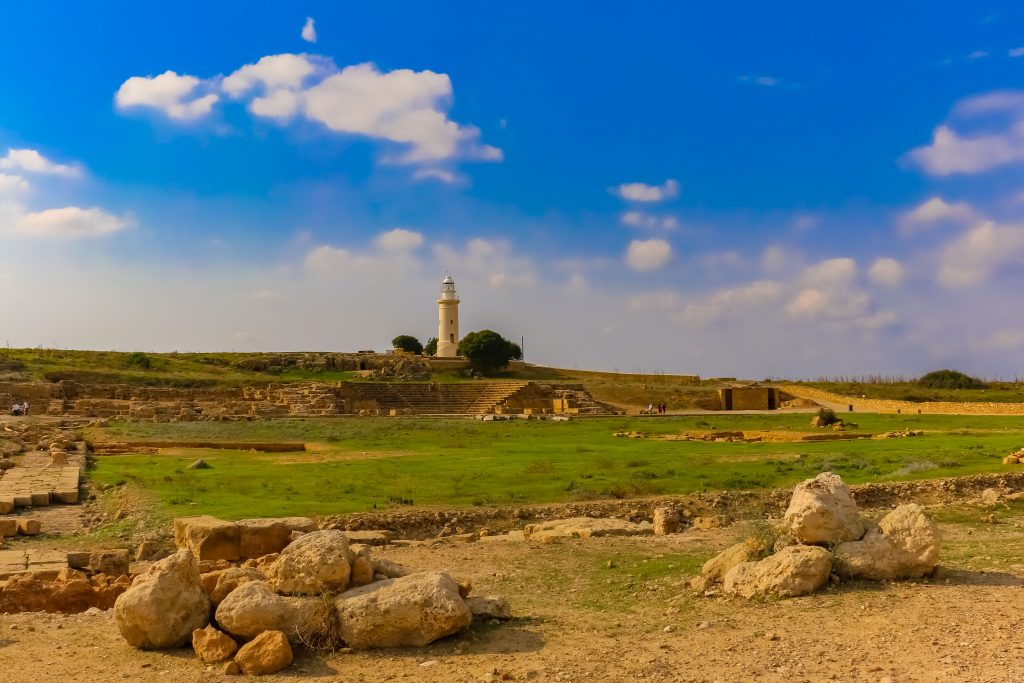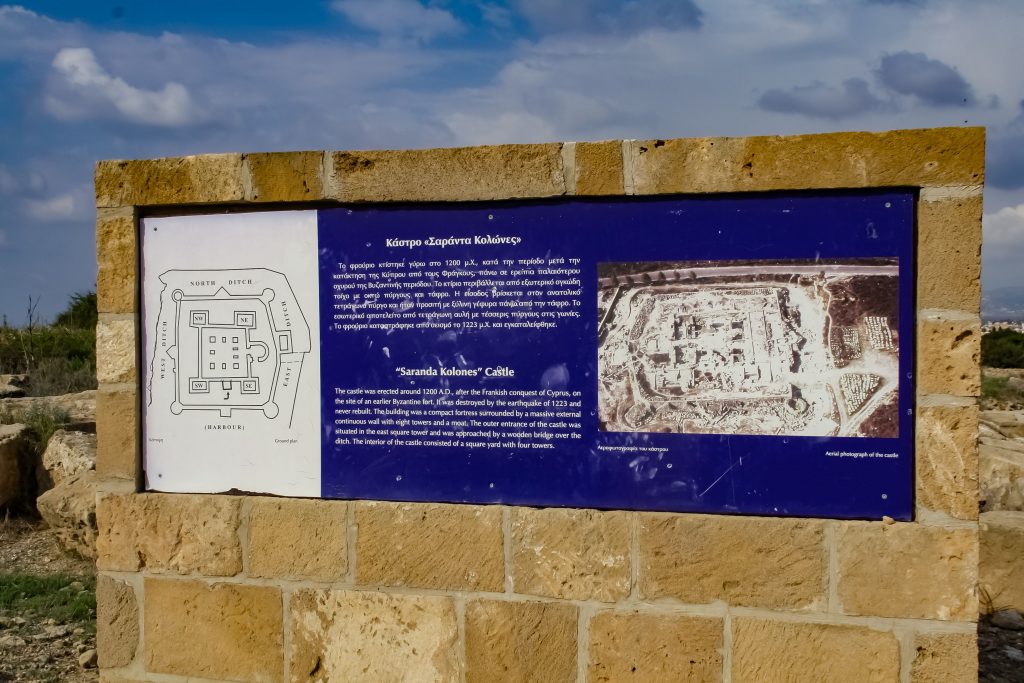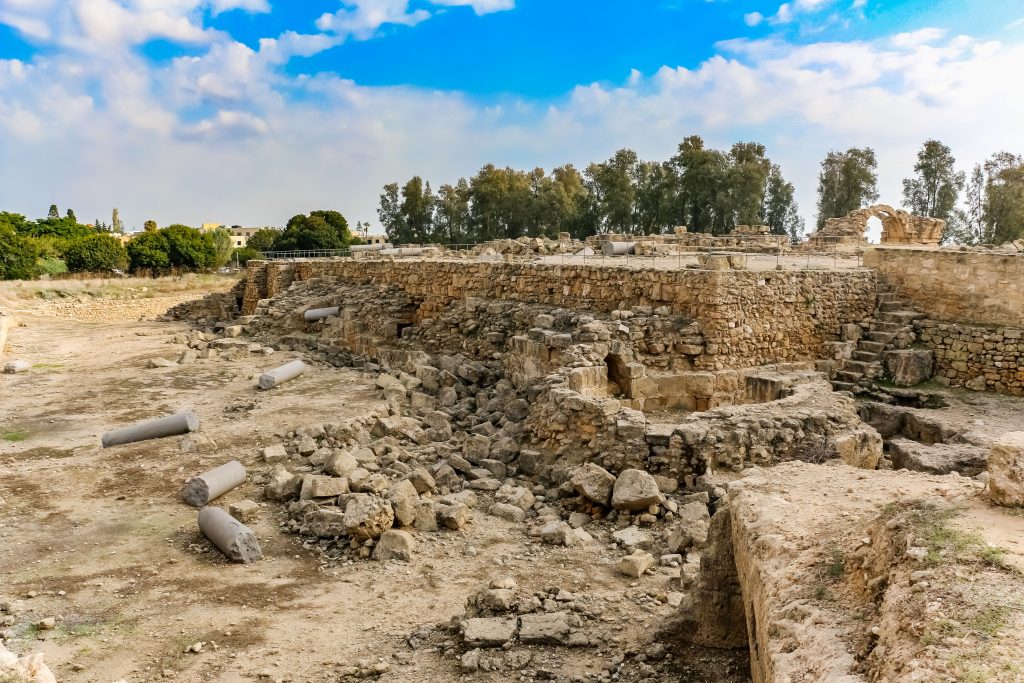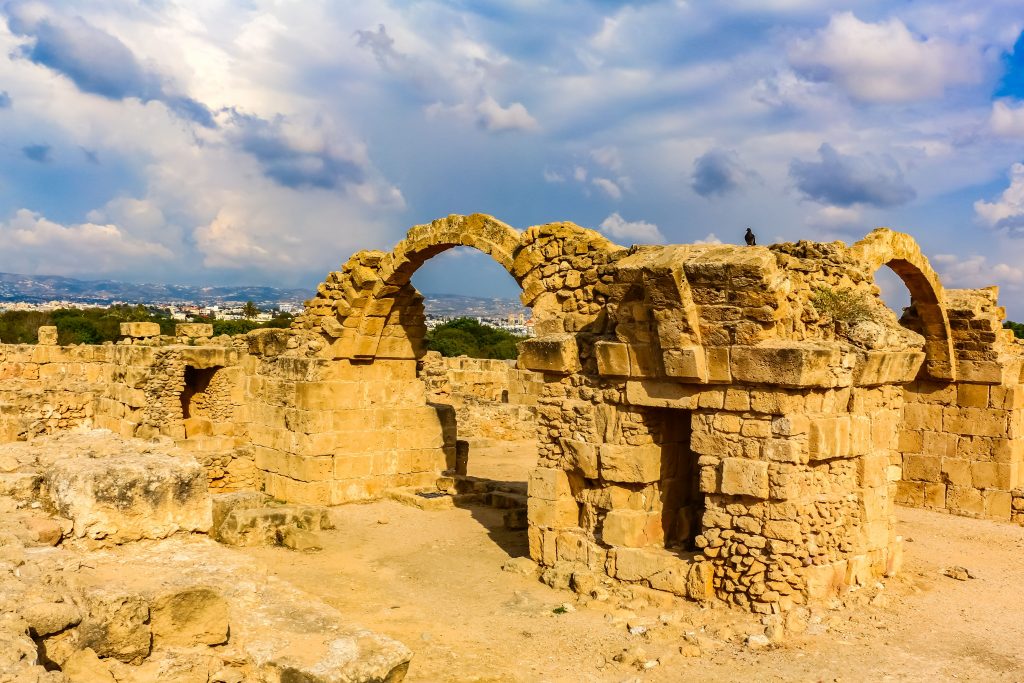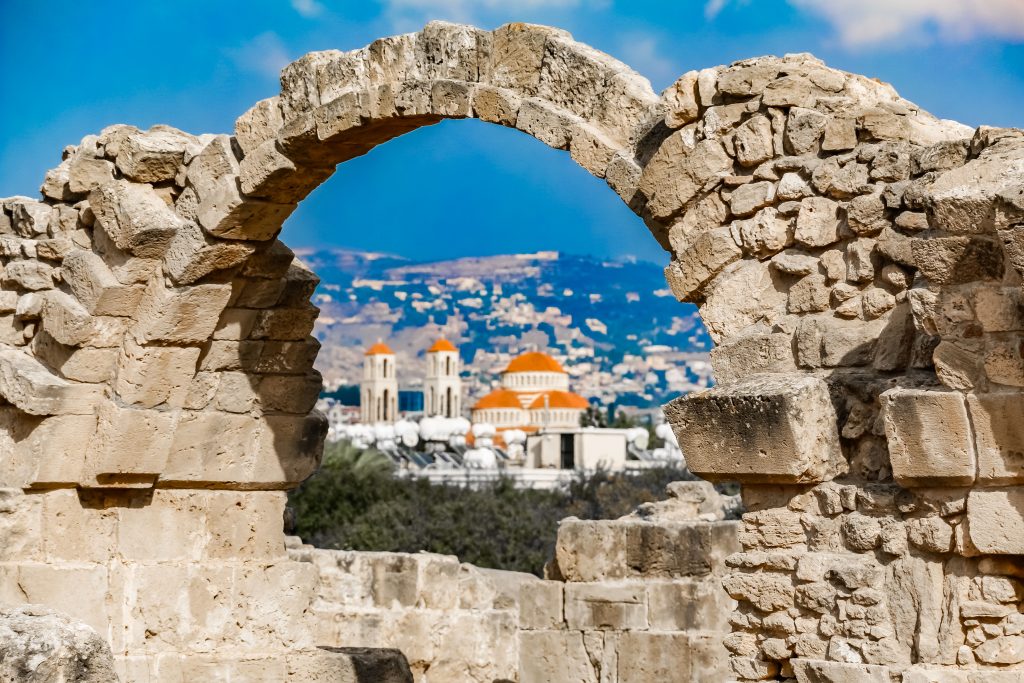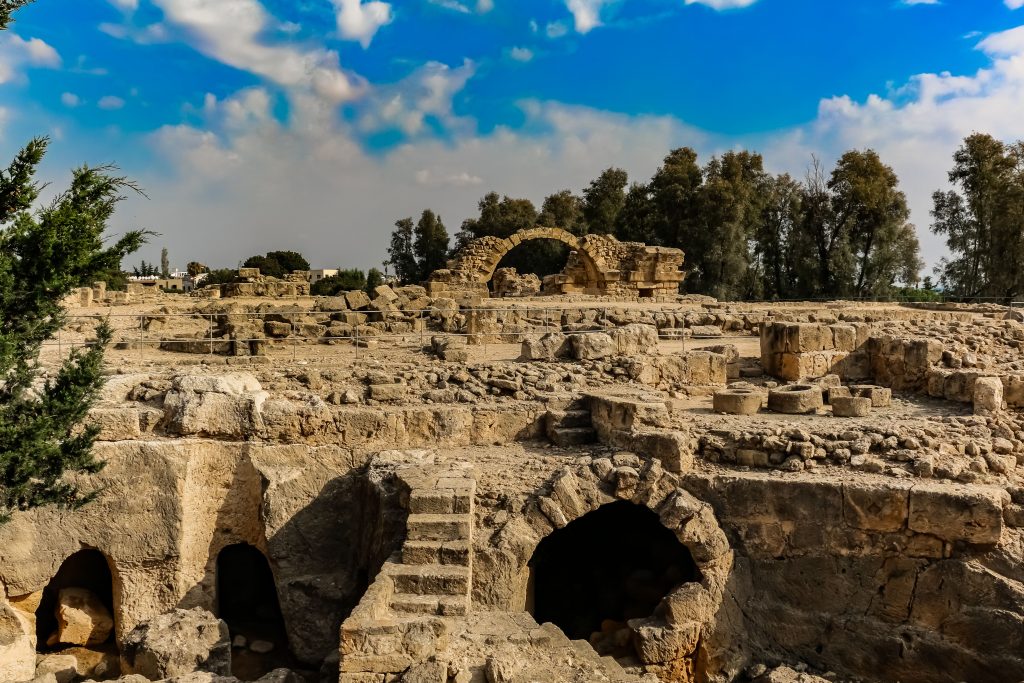The Mosaics of Paphos
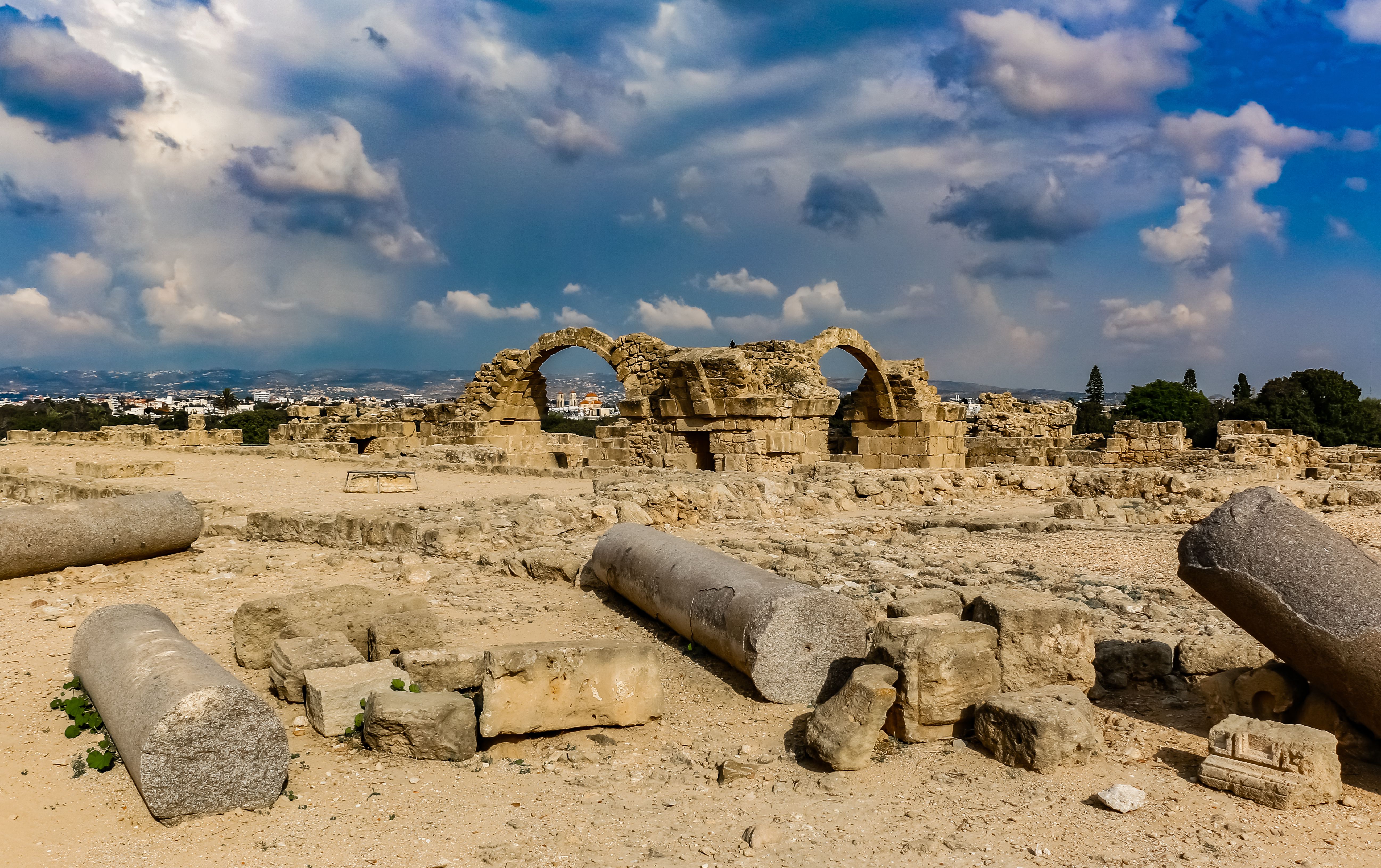
The mosaics of Paphos are one of the cultural attractions to which the homonymous city owes its glory and the large number of visitors that arrive here, as well as generally to the province of Paphos.
Unique works of art and priceless cultural and archaeological treasures for the whole of Cyprus, the mosaics of Paphos are found in the vast area of the Archaeological Park of Kato Paphos, near the port and the homonymous castle and since 1980 they have been included in the UNESCO World Heritage List. Until their accidental discovery in 1961 by a farmer, they have been under the earth for more than 1,600 years, which explains the near-perfect situation they have maintained over the centuries, and the excavations are still ongoing, as there are other parts of the mosaics that have yet to come to light.
The mosaics of Paphos are floors that adorned villas and luxurious residences of noble, administrative and political officials dating from the 3rd to the 5th century AD. These unique artworks are made of small marble pieces, small stones and glass cubes, composing stunning creations with lively and vivid colours, and depicting scenes from Greek mythology, gods, demigods and animals. The House of Dionysus, Orpheus, Aionas, Theseus, the Four Seasons, who got their names from the archaeologists because of the mosaics that are dedicated in these houses, impress even the most demanding lovers of archaeology.
The most impressive finding that has been discovered so far is the House of Dionysus, a luxurious 2,000-square-meter building with 40 rooms belonging to the Roman period. A quarter of the building (556 square meters) is covered with impressive floors with beautiful and vivid colors depicting mythological themes in relation to the god of wine, such as “the triumph of Dionysus”, where the god is depicted on a chariot dragged by two panthers with the accompaniment of Bacchus and his followers, as well as scenes depicting Dionysus and Acme, Ikarios and the shepherds, “Vintage Scenes”, hunting scenes, the personification of the 4 seasons. There are also other themes, such as a peacock, love, “Phaedra and Hippolytus”, “Pyramos and Thisbe”, “Ikarios and Dionysos”, “Poseidon and Amymoni”. Others, again, have mosaics with geometric decoration, quadrants, triangles, stars and many more.
The house of Orpheus dates back to the end of the 2nd-early 3rd century AD. and is covered with impressive and significant mosaics depicting mythological scenes, with the greatest and biggest mosaic representing the musician Orpheus playing music with his lyre among wild beasts, hence the house’s name. In fact, on this mosaic there is an inscription stating the name of the artist. Other mosaics of the House of Orpheus depict the battle of Hercules with the Nemea Lion and a fighting Amazon with her horse.
The House of Theseus is believed to have been the home of the Roman proconsul or a public building and is the largest of all public buildings in the whole of Roman Cyprus. Its name derives from the many mosaics dedicated to the Greek King of Athens, the son of Aegeus and Aithra. The famous floors belong to three different phases, the oldest dating back to the end of the 3rd century or the beginning of the 4th. The central representation lies within a wide circular frame, which is a schematic rendition of the labyrinth, and depicts Theseus standing in it and killing the Minotaur. To the right of Theseus lies an elderly man, who is the personification of the Labyrinth and outside of it, waiting for him outside are the personification of the island Crete and Ariadne. With the earthquakes of 332 and 342 AD, part of the composition and, above all, the heads of Theseus and Crete were destroyed but restored at the end of the 4th century. Another important mosaic shows Poseidon crossing the sea with his wife Amphitrite and dates back to the end of the 4th century, while the third one added to the main hall of the villa depicts the first bath of the newborn Achilles and dates back to the beginning of the 5th century. Other interesting mosaics include geometric decoration or other mythological representations, such as Leda bathing in the river Evrotas and others.
A house that has not been fully excavated but is characterized by works of high aesthetics, the House of the Aionas has mosaic floors in three rooms, dating back to the 4th century AD. The most important mosaics on the floor of the vaulted reception hall, are depicting the Epifaneia of Dionysus, Leda and Kyknos (the Swan), the beauty contest between Cassiopeia and the Nereids, the punishment of Marsias from Apollo with his lyre and the triumphant procession of the god of wine.
The mosaics of Paphos, apart from being one of the most important monuments in the city, are considered among the best in the eastern Mediterranean and are connected with the Aphrodite Cultural Route.

